And then he was an 8th...Recently, I had the honor of attending my Sifu JR Diaz’s promotion from 7th Degree Black belt to 8th Degree Black belt. This was such a dignified and emotionally charged moment, that most of the attendees were left in tears and speechless. Sifu Diaz has been a pivotal force in all of our lives; and I purposefully use the word force because he is a force of nature on and off the mat. Over 40 years of a fully dedicated life to Kenpo Karate, Eskrima and his students, now personified in the 8 red stripes on his belt. My Sifu after being promoted to 8th Degree Black Belt in Kenpo Karate. |
| For more information on the Martial Arts Woman check out her website. If you are interested in purchasing a copy of "The Martial Arts Woman" it is available on Amazon. |
A few months ago, I was asked by MMA Wreckage to cover an MMA seminar in Los Angeles.
This time they featured Muay Thai Specialists Valetina Shevchenko and her sister Antonina Shevchenko.
Valentina Shevchenko has received quite a bit of publicity from her upcoming UFC title fight with Amanda Nunez, scheduled July 8th.
The truth is, Valentina was a very successful fighter before her Mixed Martial Arts career.
Her sister, Antonina Shevchenko is no slouch either.
Antonina with her WKC belt.
Antonina is a 3x IFMA Muay Thai Champion and recently won the WMC and Phoenix FC World Titles. In 2016, she was a 10x World Champion and was awarded Fighter of the Year by Awakening Muay Thai Awards and has been undefeated in her MMA career.
A close correlation has formed between Muay Thai and MMA
She explained,
“Modern Muay Thai is the practical use of Tradition Muay Thai. It’s about technique, traditional Muay Thai uses more straight techniques and more fixed stands. Not many combinations with hands, more one or two punches but every time very strong. The same with kicks, strong one low kick, middle kick or high kick. Good clinch and good elbows. Modern Muay Thai uses all the same, but in the same moment the fighter of Modern Muay Thai can have European boxing hands with many combinations, strong turning kicks which many use in taekwondo, the back fists, superman punches and more movements in the ring.”
Pretty much...
Muay Thai is not by any means a new age martial art.
She explained,
“The Popularity of MMA is natural because MMA is a Universal Sport. Popularity of MMA develops from real kinds of Martial Arts such as Muay Thai, because Muay Thai is the best sport of stand-up sports. Many Athletes in MMA use Muay Thai successfully.”
Valentina and Antonina leading in a kicking exercise.
Unlike some systems that are cynical of non-indigenous practitioners...
Valentina says,
“If the athlete has real technique of Muay Thai then there is no difference what kind of nationality the athlete is and what country he or she is from. Muay Thai is from Thailand but now Muay Thai is for the whole world. One world one muaythai.”
Muay Thai has spread and come a long way since it was first created.
The International Federation of Muay Thai Amateur also known as the IFMA was formed in 1993 and oversees the amateur Muay Thai competitions in 128 countries. Only 20 years later, the International World Games Association would announce that Muay Thai would be part of the World Games 2017 in Wroclaw, Poland.
Yet there is still one controversy surrounding Muay Thai that has the community divided.
She insists that,
“Muay Thai has ancient traditions, including child fights and trainings. And it is justified and correct because little children can learn Muay Thai safely. For the little children, their beginning of combat activity passes like games, just like in nature..."
"Tigers do not wait until their cubs grow to teach them hunting, otherwise they will be hungry and die."
Antonina teaching/coaching at the Paradise Warrior Retreat.
She went into further explanation,
“When I just started to train in Taekwondo ITF, when competitions took place sometimes several hundred children (attended). In these years, we almost had not so good protection and had gloves thinner than MMA gloves now. But no serious injuries- maximum bruises. In that time, it was something to be proud of. And all these children grew up healthy and good people. They run, play and fight- it’s very natural for children. The more early you start to train and fight, the more better fighter in future."
It is articulative and responsible athletes and Martial Artist like Valentina and Antonina that help create a clear understanding to Martial Arts we may only be familiar with through entertainment.
Me getting to meet and talk with Valentina, Antonina and their coach Pavel.
There are many factors that can contribute to the success or failure of a student...
Karate Parents
A karate parent may not seem like a big deal, but they single handedly could be the deciding factor at a student’s success or failure. With young student’s parents are not just involved in the enrollment process; they can be detrimental in reinforcing the emotional growth martial arts provides students.
Yikes...
For those that own their own Dojos and are especially lousy at harmonizing with parents, it could cost them not only their students but their business. It’s a balancing act that any Sifu, Sensei or Master has juggled with and at times may have fumbled.
One of my friends Jennifer Waters just promoted to 5th Degree Black belt in Kempo Karate. She is a amateur MMA fighter and owns/operates 2 Dojos.
Jennifer Waters, front and center after her 5th Degree Black belt test and promotion.
Needless to say, she has done her fair share of juggling.
She explains,
"Parents that are actively involved with their child's martial arts journey are such a huge asset! Every child wants the support of their parent. With such a challenging physical and mental activity like martial arts, parental support is much needed!”
When parents become too involved they can end up adding more stress to their child and hinder the educational process.
“I think karate parents struggle with wanting their children to understand or "get" the techniques right away. Martial arts takes time. It's no different than any other physical sport, the more your child practices, the better he or she will become over time.”
Time is the key to any student’s study.
Yes, that's how the Ninja Turtles got that good.
Time allows the student to become seasoned and to develop emotionally. Many of the benefits students obtain from Martial Arts are emotionally based; respect, honor, perseverance and self respect. These things take time.
Being inpatient can hinder collaboration with instructors
Mrs. Waters suggests,
“I always guide my karate parents to refer back to what the main instructor is coaching your child to do. Use this to help your child reach his/her full potential.”
Mrs. Waters with her dad and some of her students.
When parents collaborate with the Instructors, it opens them up to help re-inforce the morals and principles such as dedication. DEDICATION alone can be the hardest lesson for a child to learn and could definitely require a parent’s encouragement.
Mrs. Water’s completely agrees,
“I believe that parents hinder their children when they let their child give up too easy. Instead of pushing their child to work past the difficulties they encounter, many are willing to let their child quit on a technique, a style, or martial arts in its entirety.”
While some parents might be overly assertive with their child’s study, some can be dismissive.
In agreement, Mrs. Waters adds,
“Watching and taking an interest in what interests your child is not only a self-esteem builder but also will help them learn to practice with their child at home.”
While we as instructors can be analytical of parents, we have to remember the African Proverb...
‘It takes a village to raise a child.”
This is especially true in Martial Arts; hence the role of the Dojo (Karate), the Dojang (Taekwondo), the Heya (Sumo) or the Sasaran (Silat). Instructors are and should be held just as responsible as parents went it comes to encouraging their student.
Some of our Double Dragon students: Ashley (Left), Sami (Center), Dani (Right)
“As an instructor we have to remember to be patient with parents,”
Ms. Water’s reminds us,
“They really love their child and want what's best for them. Keep this in mind, and then try to find some common ground if you are solving challenges together. Ultimately, you have to remember that the goal is not necessarily to improve the parenting of that child but to help that child on his/her journey to becoming a Black Belt."
While Martial Arts can be a very aggressive and explosive study, we have to remember to maintain harmony and peace.
the parent knows their role,
and the Instructor knows not only their role but how to orchestrate all the roles.
My primary Martial Art system I study is American Kenpo.
My senior instructor is Senior Master of the Arts Huk Planas, a 10th Degree Black Belt.
Sifu Huk Planas (left) and Grand Master Ed Parker (right)
My instructor (left) back when he was a brown belt with Sifu David Perez (center) and Sifu Planas (back right)
My friend and instructor Sifu Marty Zaninovich was a 1st Degree black belt in the early 80’s
“I was totally captured with his teachings……..After I attended, I asked (about joining the Parker Lineage), then was referred to contact Mr. Planas.”
Sifu Z remembers,
“This was a very eye opening experience we’ll never forget. That lesson opened a whole new thought process that we were about to engage in. What an awesome journey that continues with something new to learn all the time!!!”
Sifu Z (right) and Sifu Planas (left)
Sifu Planas has 17 countries around the world that study under him.
“There has always been a lot of questions from many practitioners and Instructors in the US and Europe of what the people and talent is like from each perspective group?"
"My response is; they’re awesome and train very hard. No difference in either group.”
Regardless of Town, City, State or Country, the Planas requirements are the same without compromise. It was on a teaching trip to Sweden that Sifu Z and Ingmar Johansson a Swedish Kenpoist also under Sifu Planas and a 6th Degree Black began discussing this very topic.
Sifu Z (Far left) Sifu Planas (Center) Sifu Johansson (Far right)
Sifu Z explains,
“I called JR. Diaz that exact moment and asked if he would be willing to facilitate in gathering a team to help coordinate the event. He did on the spot; Jesa Harper (Kenpo Girl), Gino Martino and several others.”
After the Event Committee was formed, plans for the event were underway.
This event is anticipated to be one of the most exciting developments in the Parker/Planas Lineage for 2017.
Sifu Z explains,
“To this day we are fully entrenched with the preparation for the event; J.R. Diaz was and is so correct with his recommendations.”
The event is scheduled to take place at the Westgate Resort in Las Vegas, Nevada. The Westgate has hosted international events and has earned a well deserved reputation for accommodating Martial Arts seminars.
Students attending can look forward to an atmosphere of sharing, learning, networking and participating in a historical event.
“It brings unity and a tighter bond within our Parker/Planas group and collectively creates fluid boundaries for us all.”
Participants can not only look forward to staying at the Westgate Resort, but can attend a variety of classes by Parker/Planas Lineage instructors from around the world. There is also a banquet scheduled for all participants to dine and get to know each other.
Events like these remind me of family reunions.
Some Kenpoist gi’s are viewed as being pretty generic.
Me in my Kenpo gi and patches.
At our Dojo, we are only permitted to wear black or white.
I own black and white gi’s, some covered in Kenpo regalia and some blank. A part of me has always been secretly jealous of Brazilian Jiu-Jitsu gis. You see them everywhere; in every color imaginable and some with beautiful embroidering.
Come on, who doesn't want a pink gi?
I knew next to nothing about BJJ gis.
Before I agreed to testing the gi, I consulted my good friend Jason Bennett a 4th Degree Black belt in American Kenpo and Purple belt in Brazilian Jiu Jitsu.
After looking over the gi link, Sifu Bennett told me,
“I have separate gi’s for Kenpo and BJJ because of the weight. Nice gi though, it will last a long time. Try it.”
If I had any hurtle to overcome it was wearing a gi too heavy that would restrict my movement.
This is what I concluded.
My son & I after sparring in my Elite Sports BJJ gi.
If you are a karate practitioner and plan on trying out a BJJ gi there’s one other thing you should be prepared for…
Your fellow peers grabbing you.
I know this because that is exactly what all my friends wanted to do to me.
During technique class, we practice our techniques on each other by mock attacking one another. Usually this is based off punches and kicks. Suddenly, everyone had this uncontrollable urge to no longer punch or kick me but rather grab and drag me.
It was slightly unnerving.
A gentle version of me testing the gi. We didn't want to alarm anyone.
It was surprisingly fun...
After its first wash, I felt the truest way to test the movement of this gi was to wear it during forms class.
For those not familiar with forms, they are an exercise in movement and basics.
Sometimes we get stuck in the same monogamous routine of training.
Me in my Elite Sports Karate Gi
|
|
|
|
As I travel and speak with different Martial Artists from different systems, the easiest topic of discussion has been work out gear.
I was surprised and slightly guarded when I was approached by Elite Sport who wanted to sponsor me and have me test their gear.
I was hesitant, but they encouraged me to just try the equipment and the clothing, urging me to let the results speak for themselves.
So I found myself on their website trying to pick out what items I would try. As I looked through the rash guards, gloves and bags it suddenly dawned on me that I might know what these items are but I had no idea how to determine the quality of any gear.
With the popularity in Martial Arts, especially MMA, on the rise there are many new brands and distributors popping up.
While some consumers might be inclined to choose the first cool looking piece of gear they find, there’s much more to it than that.
Gear is meant to protect students while also helping to enhance their training or performance. It is therefore crucial to pay to the attention to detail that goes into the gear. These details are what attract not just customers but reviews from customers.
Elite Sports has been pleased with their customer response and maintain,
“The response from our customers has been overwhelmingly positive, which is a huge source of pride for our design team and the company as a whole.”
So I selected my items and waited for them to arrive in the mail. Yet I still questioned why gear would be such a necessity?
It’s because of these potential injuries that Elite Sports stresses,
“Wearing no training equipment at all is a huge risk.”
I don’t train at an MMA gym but my main aspiration for gear was to find gear, whether it was a pair of gloves, shorts or even a gi that would be good quality and a comfortable fit.
I just hoped my rash guard made me look this awesome.
I had a feeling I’d have the same problem with this rash guard.
But it stayed put.
I faintly heard the hallelujah chorus in the background.
While this might not sound like a big deal, its little things like this I don’t have to worry about when training. Elite Sports explains, that when they make a set of gloves or a rash guard, it’s meant to be suitable for use; whether your goal is to go pro, live a healthier lifestyle or gaining valuable self-defense skills.
“Embrace The Pain. At the end of the day, the gear you train in isn’t going to turn you into a superhuman. You have to put in the hours at the gym. What we mean by that is strive to be the best and let the growing pains shape you.
When you visit the Elite Sports website you can clearly see their passion for what they do. Consumers can see the lives and careers of their sponsored fighters on Team Elite. Their website shows a unique page for each member of Team Elite to showcase their story.
The future is shaping up for Elite Sports...
To stay up with their latest news and merchandise be sure to follow them on their social media. Also watch Kenpo Girl’s social media for my photos and videos of me testing their products.
|
|
|
|
Human beings have been competing since the beginning of time...
It has become a common belief that MMA is too violent of a sport and that it caters to an audience's need for blood and violence rather than technique or skill.
Some states in the past have even banned the sport all together. Back in 1996, the state of New York decided to ban the sport. It would be 20 years later in 2016 that New York with lift the ban and the first MMA fight would be held at the Madison Square Garden.
Even with these achievements there are still Skeptics that question MMA.
Probably shouldn't have let them watch Highlander before bed.
Before passing judgment on the sport, I felt that there needed to be a deeper understanding on professional MMA.
Jennifer "Warrior" Waters after her first MMA fight in 2016.
Some Skeptics compare MMA to the Gladiator sport. However, I don't believe they truly understand what a gladiator sport is...
Gladiator Sports in ancient Roman times involved Armed men who competed against other gladiators as well as wild animals and incarcerated criminals. These Competitions were life-or-death that were used to entertain the masses.
This is a gladiator sport... to help avoid confusion.
She explains,
“The sport has grown so much from the early days of "No Holds Barred" fighting. And I can see why some people would say that it looks barbaric. Typically these people are not educated about the technical aspect of fighting.”
Jennifer spells it out clearly,
“Honestly, that was 20 years ago. Just like the NFL has gone through rule changes, regulation enforcement, and a pattern of continuous improvements, the sport of MMA continues to do that also.”
Regulations have been created and enforced to not only help the reputation of the sport but most importantly to protect the fighters well being.
Jennifer explains,
“Many promoters also want to see some kind of fight footage before you step inside the cage. They want to know they are not putting a back street brawler out there with zero experience against someone with years of training.”
Boxing and kickboxing regulations call for a 10 second countdown when an opponent is knocked out.
Its because of these regulations that Jennifer says,
“Many people feel that MMA fighters suffer less traumatic brain injuries than boxers due to this increase of safety.
To someone with no martial arts training the two could look the same, but in reality the trained MMA fighter has been training for years and is regulated.
Jennifer clarified,
“This really is no different than watching two kids swim a race in a swimming pool and then watching Michael Phelps swim for an Olympic gold medal. The activity is similar but definitely not the same. Real and successful MMA fighters will spend years and hours of training to perfect their craft just like any other professional athlete does.”
I attended my first live professional fight back in December 2016.
What left me unimpressed wasn’t the fighters… it was the audience.
While many were in the same mind frame as myself, so many were the opposite. When the fighters would reach a stalemate with either grappling or gauging reactions, many of the audience members would begin to boo.
It blew my mind.
Here were these amazing athletes showing their talent not just physically but intellectually, and they were being heckled. It made me start to wonder how much power or influence the audience might have over a fight? Jennifer explained to me that like any sport, the amount of butts in seats will determine the future. Some promoters are focused on selling tickets rather than the longevity of the sport.
Jennifer believes,
“I think it will take people with vision in leadership to really promote the sport to a high level. This will mean that the integrity of the sport must be thought of in advance before its profitability.”
If the focus falls primarily on money, then audiences would hold more power than they realize. What audiences need to understand is not every fight might meet their expectations. A lot of planning goes into creating a match-up but it doesn’t guarantee anything.
Jennifer reminds us,
“You have to remember when you are going to a fight that competitors are matched in skill level and style if possible, but sometimes opposite skill sets and the lack thereof can make a fight boring.”
Jennifer's first MMA fight was anything but boring, it was considered the "Fight of the Night"
When you attend a fight, always be prepared for some crowds to be somewhat uneducated of Martial Arts and MMA. For beginners to Martial Arts, don’t let your limited experience keep you from watching and learning through exposure. While many attend fights purely for the entertainment aspect of it, there is much to learn there as well.
Whether skeptics are gaining their opinions from the audience’s mood swings or on current regulations, MMA continues to be one of the fastest growing professional sports in the World. Whether it’s your cup of tea or not, MMA still remains one of the top popular venues to display martial arts competitively. One of the greatest ways we grow as martial artists is through exposure. Regardless of criticism, if you are intrigued or curious about attending a professional fight you should go and have an open mind but most importantly...
Have fun.
That's exactly what I plan to do with my besties at UFC 209 in March.
Jennifer "Warrior" Waters next match will be April 8, 2017 for NFC in Greenville, SC.
She can be found on Facebook @ Jennifer Waters or Instagram @jennifer_s_waters.
| |
It’s a historical fact that martial arts practitioners have always been dominantly male.
Yet, one of the hurdles that some female practitioners are having to overcome is called “Female Cannibalism”.
“Female Cannibalism” is a new age term being used to describe female on female aggression and bullying.
Sorry but you can't have an article about "cannibalism" without featuring the good Doctor.
An unfortunately common phenomenon becoming associated in martial arts were a female student could use demeaning and abusive tactics to either belittle another female student into a submissive state or even drive them from the Dojo. The tactics of social media bullying, gossiping, slander and sometimes physical aggression can become lethal to a student’s study.
After centuries of women fighting for a status in martial arts, it is almost ironic that we would become our own final obstacle.
Lua has traditionally been limited to only full-blooded Hawaiian males.
Michelle Manu and her instructor Olohe Solomon Kaihewalu
Michelle explained,
“For the first 8 years he tried to get me to voluntarily quit… Olohe gave me a chance and I endured.”
Michelle’s tenacity paid off.
She is now the only authorized female instructor also known as a Kumu, trained by and as a first generation Kumu of Olohe.
This title didn’t come at no price.
Olohe has received multiple death threats over the years due to Olohe’s progressive teaching that violates the traditional kapus, which were traditionally punishable by death.
Michelle commented,
“Being a mixed woman from the Mainland would disqualify me from Lua training but there were times that women had to know the Lua in ancient times.”
“The women were the ones who protected the land, family/children and at times made weapons while the men were gone.”
The women’s day to day chores would mimic Lua practice
Lua might have been declared a dead art in 1970, Michelle continues to fight not only for her art, but for herself and other women. “Female Cannibalism” is one of the topics she’s most passionate speaking about and empowering women with the tools to combat this epidemic.
I had the pleasure of sitting and discussing with Michelle, many of the different theories on how this behavior begins or manifests amongst female associates. The theories range from jealousy to a lack of female matriarchs to help guide young females—or it even being female nature.
“The woman that feels jealous or threatened by another woman lets her insecurities get the best of her. Whether it is age, beauty, brains, better technique, fluid forms, higher rank or more expensive handbag, something snaps and switches internally. In that instant, she declares war and destruction upon her target of the moment.”
The truth is I believe it’s a mixture of all of them.
Should preparing ourselves for a mental attack be no different?
Michelle’s advice on countering female cannibalism is thus,
“I say that life is a martial arts technique. You have a choice in how you respond. Do you just stand there, freeze and get pummeled? Will you choose to get out of the way and perry block. Or, will you move, perry, and counter? In the instances of Female Cannibalism, we have options. Take it, say nothing, and endure the attack; Maneuver gracefully and kick it up a notch while ignoring but aware; or call the insecure woman out on the mat? Each bully and instance is different. Each takes care, feminine finesse, and timing. Each takes being wholly connected to yourself and what your inner woman says is right for you to be and do in each situation. Trust yourself and never apologize for who you are and for working towards being a better you. Be aware though. While being attacked, it is common to want to destroy the bully in return. I've been there and had to put myself in a submission hold. Less noise and collateral damage is always better when dealing with unpleasantness. Be lovingly firm while never tolerating poor behaviors of others.”
We are the ones with the power to choose if this mental attack will or will not affect us.
As Martial Artists, we are taught to confront threats but perhaps our greatest weapon may become empathy. Especially if our attacker is our fellow Martial Arts sisters. In this case, it’s not about countering and attacking but remembering another reason we take Martial Arts....
Self-Love
Self-Empowerment
| | |
It has been over a year since I got back on the mat and continued my study of Kenpo Karate.
It was my inspiration to start Kenpo Girl.
My extended Kenpo family in Toledo, Oregon.
Yet I hadn’t had the opportunity to speak with anyone from the Taekwondo system.
Kenpo Girl & Rick St. Clair at St. Clair Taekwondo
| | |
I knew next to nothing about Taekwondo...
When Taekwondo or TKD was ever brought up I found myself wondering the following:
- If the study of Taekwondo was limited to a certain age and body type?
- How could it be considered an effective form of self-defense if you only kick?
That could knock anyone out.
So would being a contortionist or gymnast be a prerequisite?
When I met up with Mr. St. Clair at his dojang (dojang is Korean for dojo) in the Parkside neighborhood of San Francisco. He had brought two of his black belts to do demonstrations for me. As they demonstrated some of their stretching and spinning kicks Mr. St. Clair clarified for me,
“Any kick in any system can work and it doesn't have to be a high kick. However flexibility does help so we do spend quite a bit of time stretching.”
I think it’s safe to say any system should support stretching because Martial Arts is not just about hitting people but also physically and mentally preserving your body. Yet for Taekwondo, when you add in the competitions, stretching becomes a necessity.
The majority of my education on Taekwondo is based off of Taekwondo’s #1 publicity...
The Olympics.
With Karate being added into the mix, would the popularity of Taekwondo decrease and would there be a decrease of students drawn to Taekwondo?
Mr. St. Clair said he had been disappointed in the caliber of fights in the Taekwondo section of the Olympics this year in 2016 but was reassuring that,
“I don't feel Karate being introduced to the Olympics would affect the popularity of Taekwondo. In fact, I’m confident Taekwondo will always be in the Olympics and am excited about karate being in it.”
The art will forever more be engraved with Olympic history...
Captain Nam Tae Hi, standing at the microphone, directs a taekwondo demonstration in 1958 for members of the National Armed Forces of Korea
Mr. St. Clair’s students are not militants but regular teenagers who want to better defend themselves on the streets. He has adapted their training by exposing his students to other systems and styles,
“I make sure my students have a plan B, we do ground fighting as well as weapons training. If they (his students) has to pick up a stick, they know how to use it.”
Two of Rick St. Clair's students:
Ms. Kaela Lee, 17 years old & 1st Dan
Mr. Daniel Uribe, 16 years old & Black belt.
Mr. St. Clair has his students do some cross training but he is adamant they do not forget the history or culture behind TKD. He requires his students to not only know the history of TKD but the language. All students must learn cues and basic parts of the Korean language as well as the history of their art to earn their black belt. In Martial Arts, there will always be knowledge passed down from generation to generation, regardless of their system or rank.
The South Korean flag has become vastly associated with TKD.
This is the one thing that McDojos are unable to duplicate...
We have to remember that although we might achieve black belt, the lessons will never end...
You should tuck tail and run.
I would really like to thank Mr. Rick St. Clair for inviting me to his Dojang and enlightening me on the Taekwondo system.
| | |
When I was younger and first started training, self-defense techniques and katas were strongly encouraged but not sparring.
Kenpo Girl sparring for her 3rd Brown belt.
“You let men hit you?”
“Only after I hit them first,” I would try to laugh it off but the humor was totally lost to them and I began to realize that not only sparring—but women sparring—was considered so taboo.
I keep telling people, but no one seems to believe me.
Little do they realize that sparring is equally crucial in Martial Arts as practicing katas and techniques.
Heather Flessing, 2nd Degree Black belt in Kenpo and 1st Place winner for
Women's Black Belt Sparring.
“I began sparring about 2 months after I started Kenpo. Sparring looked exciting, and I wanted to have a practical application for some of the techniques I was learning in Kenpo.”
We fix what we break,
Mr. H helping Ms. A after accidentally hitting her in the nose.
“Learning karate isn’t just about learning to punch and kick someone, it is learning to take a punch or a kick because in a real fight—they’re going to punch and kick you.”
Heather believes sparring is important because it allows you to get your adrenaline going and see how to respond in a “real” attack situation. It goes back to the reason Martial Arts was developed—self-defense. We have to look realistically in a fight our attackers are not going to just stand there and allow us to break their bones.
If only it were that simple.
She also explained why it is so vital for women in particular to spar,
“I definitely think it’s important for women to learn to spar because when you spar, you learn how to take a hit. Generally, women do not play sports where they make contact with others in a way that might knock the wind out of them or cause them pain. If they do not know how it feels or how to react when someone punches them in the stomach or face, they won’t be as capable of defending themselves in a real-life situation.”
Though the probability of a woman being attacked might seem unlikely… According to the Criminal Victimization Report but the Bureau of Justice Statistics,
The rate of serious violent victimization for females increased from 19.1 per 1,000 persons in 2014 to 21.1 per 1,000 persons in 2015.
For more scary statistics please visit the Bureau of Justice Statistics website.
For a while I became self-conscious of this. I dreaded wearing short sleeved shirts and shorts, exposing my discolored forearms and shins.
Kenpo Girl all bruised up.
“They should hit you—if anything they should hit you harder because a rapist isn’t going to worry about how hard he’s hit you when he’s assaulting you.”
I finally began to accept my bruises as badges of honor and began to openly discuss them, calling them my “Kenpo kisses.”
Heather’s advice for anyone thinking of learning to spar is,
“Though sparring might seem scary, it is an important part of self-defense. If your reason for learning martial arts is to be prepared in a self-defense situation, sparring is essential.”
Heather Flessing competing at the Long Beach International Martial Con 2016
Regardless of system, there is always a portion we favor. Yet we have to remember that each portion or aspect of our system is there to build on each other. The sparring cannot be without the basics and the basics are just pretty movements until applied. Anyone can be taught the movements in the air, but learning how to apply it is what distinguishes Martial Artists from Dancers.
| | |
I grew up in a highly competitive family.
Family game night was banned with the fear that a simple card game could easily become a reenactment of an old western saloon bar brawl.
The competitiveness of my family destroyed me on competing.
When I went to watch my first tournament, The Long Beach International Martial Con, my intentions were to photograph the event and socialize with the participants and at absolutely no point compete.
The Dojo I train at primarily focuses on self-defense and Eskrima rather than point sparring and tournament katas. I was excited to attend due to the significance behind it. The Long Beach International Martial Con was originally the Long Beach International Karate Championships and was founded by Grand Master Ed Parker Sr.
For Martial Artists living under a rock, Ed Parker was the founder of the American Kenpo System. He created the Long Beach Internationals in 1964. Many famous Martial Artists such as Chuck Norris, Benny “The Jet” Urquidez and “Superfoot” Bill Wallace have established their reputations as world class fighters at the Long Beach Internationals.
It became an annual event and in 1967 Bruce Lee was introduced for the first time to the Martial Arts community and demonstrated his one-inch punch and two finger push-ups
Bruce Lee demonstration at Long Beach Internationals.
It has been many years since the birth of the Long Beach Internationals and is now known as the Long Beach International Martial Con and run by Steve Cooper. Yet I still expected to see finely tuned techniques, katas and good sparring. The first day was black belts, and when I looked at the schedule and saw 12 and under black belts, I will admit I was skeptical.
In my Lineage we have an age requirement of 16 to be a black belt. I’ve always agreed with this because I have always felt being a black belt is more than just skill. There’s a maturity and intellectual aspect I have always associated with being a black belt.
Maturity and Intellectual are not the first adjectives that come to my mind when talking about 12 year olds…
I spoke first to Trinity Harnden, 11 years old and black belt, who had started training when she was 5 years old. She started first competing when she was 6 years old. She had won 3rd in the Self-Defense Techniques that day. Her advice to student’s thinking of competing was,
“They need to follow their heart. Breathe in and out (during competition) and you’ll be fine.”
Trinity Harnden executing her self defense technique.
Pretty mature and intellectual for an 11 year old.
Another 11 year old Black Belt I spoke with was Briannah McGee. She won 1st in Weapons in the 12 and under age group. She started training with the Bo Staff around age 5 or 6 and has been competing from a young age,
“You need to just pretend its practice and breathe.”
Winners of the American Kenpo Self Defense 12 & Under Black belt.
(left) Second Place Mikaela Mata Morose, (center) First Place Briannah McGee, (right) Third Place Trinity Harnden.
I watched many competitors shine in their victory I also saw many drowning in their loss. It was in the moment of water bottles flying and fists colliding with tables and doors, that I realized competitors were forgetting the true benefits and unconscious purpose of tournaments.
Tournaments aren’t just about winning trophies or plaques. Everyone has trophies, especially from tournaments that have been around as long as the Long Beach Internationals. My friend Skye Byerly a 15 year old Black belt in Shotokan and Taekwondo was competing at the Long Beach Internationals for the first time and said,
“It’s my first time here (Long Beach Internationals) but I’m making friends from all over and networking.”
Skye Byerly competing with her Bo Staffs
It’s about the experience.
I had the privilege of not just meeting these young black belts but getting to meet Bob White, 9th Degree Black belt, historical Tournament Champion and Hall of Famer.
Kenpo Girl with Bob & Barbara White
Everyone student who shows up and gets on the mat at these tournaments is already winners.
“Don’t be afraid of people who have been competing for a while.”
We have to remember our ultimate goal is to be better than we were the day before.
| | |
The Summer Olympics happens every 4 years...
Wrestling is one of the oldest sports in the Olympics.
Yes... That old.
Yet things took a turn for the worst.
How could that be?
In 2013 the IOC Executive Board recommended wrestling be dropped.
“We were greatly astonished by today’s recommendation of the IOC Executive Board not to maintain wrestling among the 25 core sports for the 2020 Olympic Games. We will take all necessary measures to convince the IOC Executive Board and IOC members of the aberration of such decision against one of the founding sports of the ancient and modern Olympic Games.”
Nenad Lalovic, President of the UWW stated,
"Normally this is done in a few years, we did it in a few months. It was a question of our survival. We did all we could, we changed our sport and the federation was successful. We continue to work tomorrow.”
Some of the sports literally had to fight to be recognized.
Taekwondo started striving for the Olympics in 1974. In 1975 it was accepted for the World Games which is an international competition that recognizes non-Olympic sports. In the 1988 Korean Olympics and the 1992 Barcelona Spain Olympics it was a demonstration sport. At this time Taekwondo was already recognized by the World Cup, The Asian Games, All-Africa Games, and the Pan American Games but the Olympics wouldn’t accept it until the 2000 Sydney Australia Olympics.
One of the requirements to become an Olympic Sport is
To have a recognized international committee that oversees the sport, thus ensuring all athletes are competing under the same rules and regulations.
Tragically over the years it has been almost impossible to unite the organizations.
At this point of time the World Union of Karate-do Organization or WUKO, attempted to unify with the International Traditional Karate Federation (ITKF) to form the World Karate Federation, in hopes to finally become an Olympic Sport. The union was unsuccessful, causing the IOC to suspend its recognition of WUKO. When the union was unsuccessful the WUKO created the World Karate Federation or WKF.
It was finally in 2016, in Rio de Janeiro that the IOC announced that Karate would be a recognized and participating sport in the 2020 Summer Olympic Games in Tokyo, Japan
The politics and drama associated with organized sports can be trying at times.
As a Kenpoist, I tend to view my system more as a self-defense system rather than a sporting system like Judo. Nonetheless, I always find myself watching the Judo, the Taekwondo and the Wrestling because these athletes are not just representing their sport and country…
They are representing our community.
It’s another 4 years before the next Olympic Games and the Karate Community is already buzzing about the Tokyo Games and we should be happy for them because it has taken so many years and so much dedication to reach this point.
But let’s not forget, it’s not guaranteed that the Martial Arts will continue in the Olympics…
Especially if we don't support them.
If you ask any martial artists why they study there are typically 2 answers; self-defense and to improve their quality of life.
But what about the other generations that study Martial Arts?
Are these benefits available to elderly or disabled students?
It couldn’t be further from the truth.
A fun fact: Sherlock Holmes knew Bartitsu.
Robert Pilkington started Cane Masters in 2015 with knee and back problems.
Robert Pilkington: 2nd Dan in Kenpo, Shotokan and Taekwondo.
Developer of Cane Po.
“After 9 months of training in the Cane Masters system, I went to my primary care physician for my annual check-up and he barely recognized me. I was standing up straight, not limping, was able to get up and down, had lost weight and my overall health had improved tremendously. “
Their most recent non-profit program is changing lives.
“I also suffer from extreme PTSD, and when I train, it gets my mind off all my issues, and for a few hours I have some peace in my head.”
Many Veterans are used to working out on a regular basis.
Bill believes the positive effects of the program are due to changing the frame of mind,
“If Veterans accept the challenges presented in the Cane Masters System, it will help them physically and mentally. It gives the veteran something to think about and study rather than the day to day misery that most of us suffer through, both physically and mentally.”
The program is a nonprofit 501(c)(3) through Homeland Heroes.
The program is perfect for Veterans and the ability for one to carry canes or walking sticks in public is protected under the American’s With Disabilities Act or ADA.
...“Covered entities must allow people with disabilities who use manual or power wheelchairs or scooters, and manually-powered mobility aids such as walkers, crutches, and canes, into all areas where members of the public are allowed to go...”
The ADA allows disabled persons to carry canes and other ambulatory devices in public places such as restaurants, hospitals or even airports.
This program isn’t just assisting Veterans and the elderly...
Programs like this are helping break down barriers.
SELF-EMPOWERMENT
No matter your age, physique, or mental capability… You’re quality of life will improve with self-empowerment.
As stated, the Cane Seminar for Disabled Veterans and Homeland Heroes are non-profit organizations that rely on donations. The donations given to the Cane Seminar for Disabled Veterans are what provide the combat canes for the Veterans participating. If you are interested in donating to the cause or are interested in Cane Masters a link is provided below.
There are many misconceptions and stereotyping in the Martial Arts community.
“Well… you—um— don’t look like you work out often.”
I’ve run into many misconceptions concerning Martial Arts but none are as prevalent as the stereotyping of body image. The two largest forms of exposure for Martial Arts is movies and Mixed Martial Arts such as UFC. It’s natural that the general public would automatically assume all female practitioners would look like Ronda Rousey.
The truth is stereotyping can be found in every system.
I was completely shocked to find out that Sumo was so popular in the United States that it would warrant an Organization such as the USSF. The USSF might be considered a small organization compared to other Martial Arts but they currently have over 600 members which includes approximately 100 active adult athletes and with about 100 active youth in competitions. There are numerous active sumo clubs in 15 states. They even have active students or Rikishi in states that do not have an established club yet.
I had a hard time wrapping my head around those numbers.
Whenever I thought about Sumo with my naïve mind; I pictured huge, obese, scantily clad Japanese men wrestling each other. I was blinded by one of the oldest stereotype of Sumo…
Size
“During our competitions and demonstrations we show people that our athletes come from a variety of ethnic, cultural, and sporting backgrounds. Many athletes come to the sport with a background in judo, freestyle wrestling, other grappling sports, bodybuilding, football, and mixed martial arts.
Sumo is a contact sport and can be very rough. That roughness keeps some people away and attracts others. An average match lasts just a matter of seconds. It’s amazingly explosive –that’s the reason people love to watch it. The burst of energy and adrenaline makes sumo as physically and mentally intense as any sport can be.”
Definitely not a sport or Martial Art for a lazy person. The USSF is trying to break all stereotypes of Sumo, especially to achieve their ultimate goal…
GOLD
Any new sport admitted into the Olympics has to be open to both male and female. Thus, women are now invited to compete. The first female World Sumo Championships were in 2001. The USSF sent a full ladies team to the 2015 World Championships for the first time.
“The biggest obstacle is the stereotype that sumo is for men and especially for the “big” men. It is slowly becoming more popular with the ladies, mainly due to the fact that they see that there are weight divisions and that there are some very athletic women that do sumo. It’s not just for “big” people.”
These are the battles of stereotypes the USSF and the IFS has had to battle.
To some it will always be some that will want to judge a book by its cover.
I study karate to level the playing field in the event I must defend myself and my son. Remember, it takes 25 pounds of pressure to break a smaller bone, it takes even less to break the nose, to pop out an eye ball or to simply crush the groin. I don’t plan on over powering an attacker. I plan on breaking them.
My Sifu always says, “Karate was made for women. It’s an equalizer.”
I’m a single mother.
I’m an artist and writer.
I fall into the Bantamweight division and like to eat cake.
I am one of the many faces of Martial Arts…
And proud of it.
I discussed this recently with my good friend Debbie Goodman on her TV show, Martial Arts Mania.
Debbie Goodman (Left) Kenpo Girl (Right)
“I started with Shotokan Karate but it just didn’t do it for me. I tried a blended style which taught self-defense moves but there was no philosophy… I finally found John Cho’s Kung Fu school and felt it was a good fit for me."
In 2013, Debbie was nominated for a "Martial Arts Hall of Fame" award in Newport Beach. On this trip she attended a book signing at the Martial Arts History Museum in Burbank, CA and filmed the event and interviewed some of the martial arts celebrities that attended.
Soon Martial Arts Mania was the talk of Los Angeles but suddenly the show was facing an uncertain future. Martial Arts Mania’s co-producer, Eric Catlapp, in May 2013 was tragically killed.
“The show came to a screeching halt at that point and I wasn’t sure it would continue,” Debbie explained.
Debbie saw an opportunity and took it,
“I told him I'd been dying to get an interview with James Lew, and if he could get me an interview with James Lew, I'd come down when he was available, and whichever one of the stars was available on that day, I'd interview them. It turned into a dinner party at James Lew's house, and Don Wilson was the one that was available.”
Don Wilson (Far Left) Debbie Goodman (Left Center)
James Lew (Right Center) James Wilson (Far Right)
Below is the links to CMAC and Martial Arts Mania.
You can also view "Kenpo Girls" interview on Martial Arts Mania below.
For the last few months I have had the privilege of meeting many different students that study Kung Fu.
At a Martial Arts History Museum fundraiser I had the opportunity to meet not a student but a Founder of a style of Kung Fu, Douglas Wong. After lightly discussing his martial arts resume with me, I concluded this man definitely knew Kung Fu. But it wouldn’t be until a few weeks later that I sat down with his wife Carrie Ogawa-Wong at Dragonfest and got my Kung Fu facts straight.
Carrie Wong (left) Kenpo Girl (Center) Douglas Wong (right)
She has studied...
- Aikido under Kensho Furuya
- White Tiger under Master Doo Wai
- Taiji under Master Wen-Mei Yu
- Five Animal Sil Lum Kung Fu and Yau Kung Mon under Master Wilson Quan
- Five Animal Sil Lum Kung Fu and Matrix under Master Tom Chan
- Matrix under Master Al Garza
- Kamishin Ryu (karate)
Some of her students include Kevin Sorbo “Hercules, the Legendary Journey”,
Lucy Lawless “Xena: Warrior Princess”
and Ryan Gosling “Young Hercules”
Carrie training with Lucy Lawless
“The easiest way I explain it is with cars. Kung Fu is a car and each style is a model. The styles are all different but in the end they are all Kung Fu.”
Yes apparently all cats know Kung Fu.
Carrie explained, “When we weren’t doing regular testing none of the students ever asked about it but if you are an instructor that focuses on it then that’s what they (students) will focus on. The American society has a need for promotion, a need to show their progress.
There are so many different systems in Martial Arts, I asked what Kung Fu provided her that no other system did?...
This was something I had read about, that Kung Fu focused on a spiritual energy. The definition of chi in Chinese refers to “air” or “breathing”. These are two different things but both are essential for a martial artists to establish an “energy,” which we transfer into power.
I frowned, the image of Kung Fu and power in my mind were conflicting ideas....
After further discussing the topic, I was reminded that 10x World Champion Kick Boxer, Don Wilson got his start in Kung Fu. Doug has trained previous champions such as William Henderson and Alonzo “Lumpy” Young.
We could go on and on about the misconceptions of Kung Fu.
It leaves us in a quandary on what to do and what to say when confronted with these misunderstandings?
Smile and remember you could be speaking to a future fellow scholar.
I attended my first ever Martial Arts convention called Dragonfest.
“Even though there’s not a traditional belt system (in Muay Thai) we still have advancements like any other system. When people are deeply involved with Martial Arts they have a deep respect for each other regardless of the system.”
She insists,
“Anyone can attend, there’s a little bit of everything in the Martial Arts culture here. People can be so limited on the culture of Marital Arts so it’s good to attend.”
Marissa had thought it would be smaller, “I didn’t expect it to be this big and with all the notable Martial Artists here. It’s awesome and we appreciate the varieties (systems/styles).”
There were many notable Martial Artists present for the event; from Ed Parker Jr., Don “The Dragon” Wilson and Cynthia Rothrock. One of the celebrities I had the opportunity to speak with is Al Leong, actor from Die Hard and Big Trouble in Little China Town. He had attended last year as well and told me, “This is a better location, it keeps getting bigger. This brings a lot of different people together and different styles together.”
She explained,
“The Martial Arts History Museum is sponsoring this where you can meet actors and other Martial Artists, there’s entertainment and knowledge for everyone. Everyone here is so friendly and it gets bigger and bigger each year.”
The truth is I was slightly skeptical about attending Dragonfest.
It wasn’t that way at all. Everyone had pride in their system and style and where excited to be at an event where they could discuss their passion for the art. The Martial Arts History Museum might have hosted the event, but it is the passion we all share for the study and art of Martial Arts that brought us there and kept us captivated.
Though this event may be overwhelming for some, I would greatly encourage anyone to attend. This event was an eye opener to the idea of having support not just in your dojo and your own system but to reach out to other various systems.
The physical training may vary but the spiritual journey is all the same.
Jesalyn Mae Harper
Hello my name is Jesalyn. I'm a divorced single mom and a karate addict...
I am currently a 1st Brown belt in American Kenpo and a Junior Instructor at Double Dragon Kenpo Karate under JR Diaz, I am part of the Parker/Planas Lineage and study Karbaroan Eskrima with JR Diaz, under Guro Ed Planas
Archives
March 2018
November 2017
August 2017
July 2017
June 2017
April 2017
March 2017
February 2017
January 2017
December 2016
October 2016
August 2016
July 2016
June 2016
May 2016
Categories
All
Ameri
American Kenpo
Andrea Harkins
Antonina "Black Panther" Shevchenko
Belt Systems
BJJ
Brazilian Jiu Jitsu
Brazilian Jiu-Jitsu
Camp
Cane
Carlos The Natural Born Killer Condit
Carry Wong
Children
Cynthia Rothrock
Debbie Goodman
Diminishing Returns
Dojo
Don Wilson
Douglas Wong
Dragonfest
Ed Parker Jr.
Elite Sports
Ewart Chin
Fear Appeal
Fear Factor
Fight Or Flight
Film
Frank Trejo
Gear
Ghost Patch
Gi
Grand Master
Heather Flessing
Huk Planas
Huk Planas World Gathering Kenpo Camp
Instructors
Jennifer "Warrior" Waters
Jiu Jitsu
Josei Heishi
Josei Heishi Jiu Jitsu
Karate
Karate Parents
Kempo
Kenpo
Kickboxing
Korean
Kung Fu
Leeann Morris
Lineage
Long Beach Internationals
Martial Arts History Museum
Martial Arts Mania
Marty Zaninovich
Mixed Martial Arts
MMA
Modern
Motivational Speaking
Muay Thai
Olympics
Plateau Effect
Rick St. Clair
Schools
Self-Defense
Seminar
Senior
Spar
Stephen Wonderboy Thompson
Sumo
Taekwondo
The Martial Arts Woman
TKD
Tournament
Traditional
UFC
Valentina "Bullet" Shevchenko
Veterans
Weapon
White Lotus
Women In BJJ
Wow Factor
Wrestling
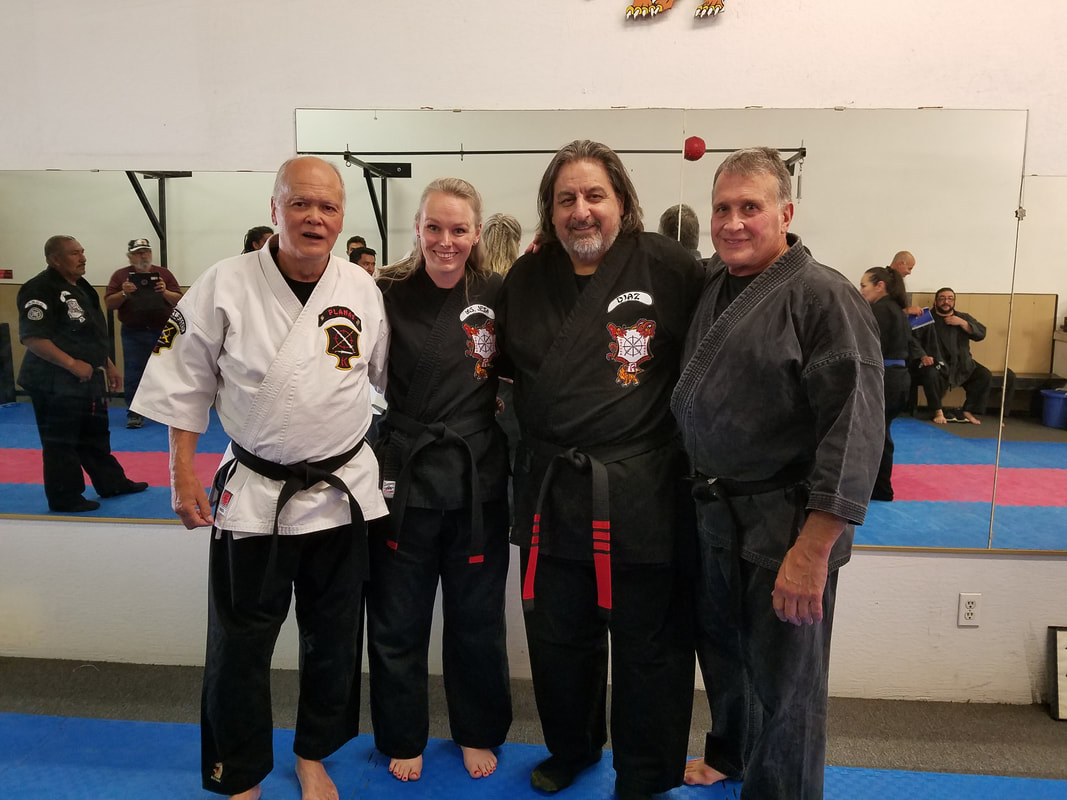
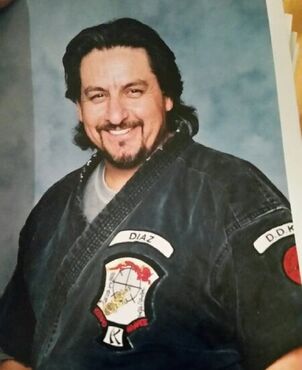
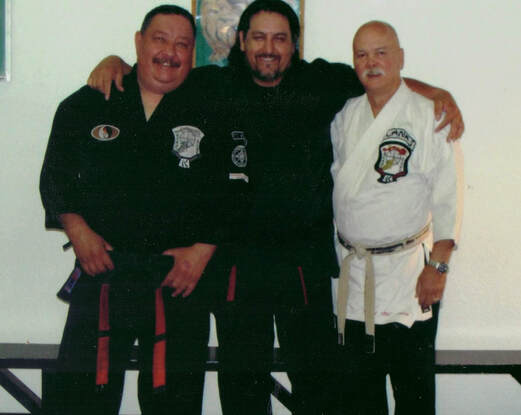
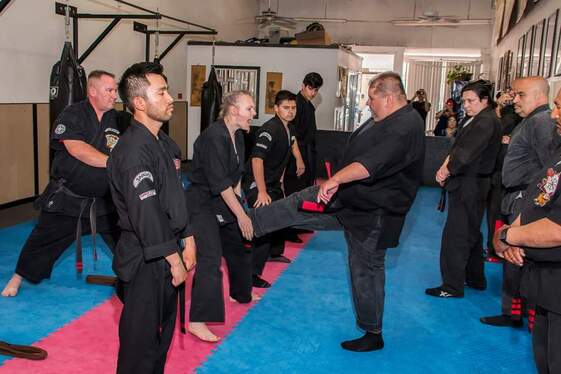
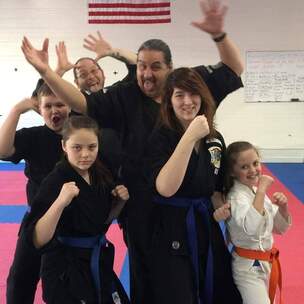
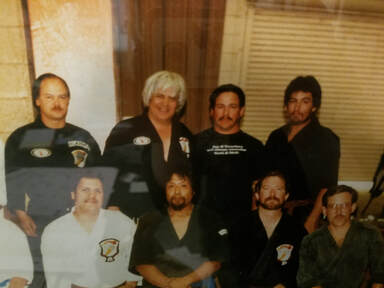
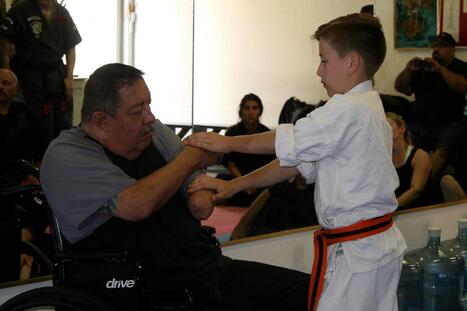
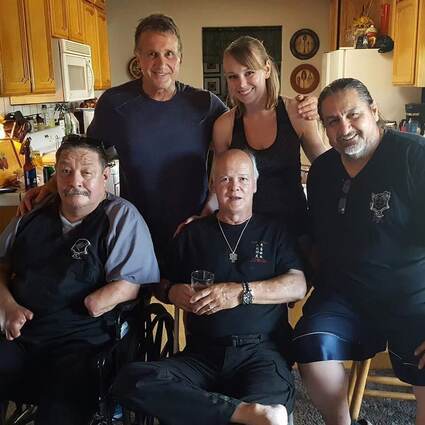
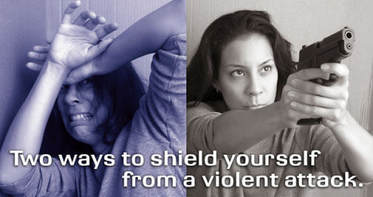
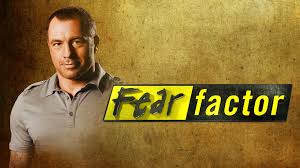

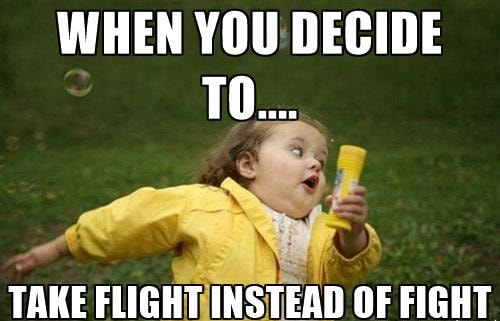
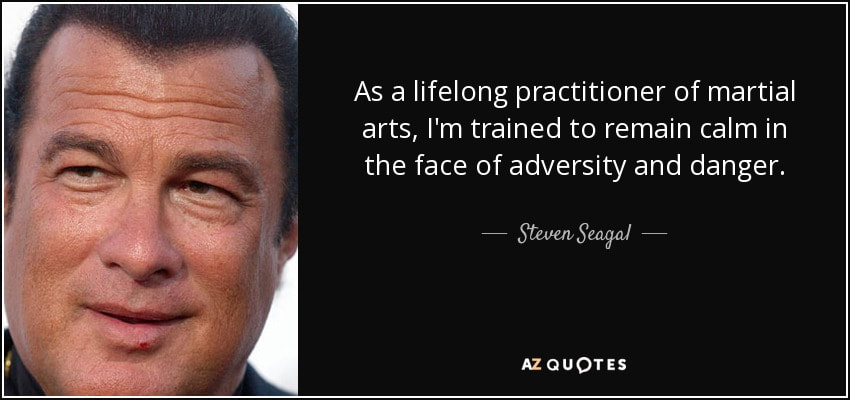
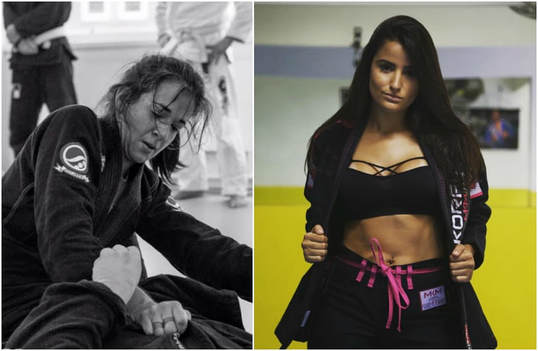
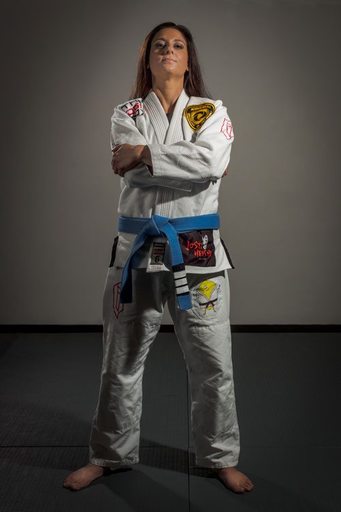
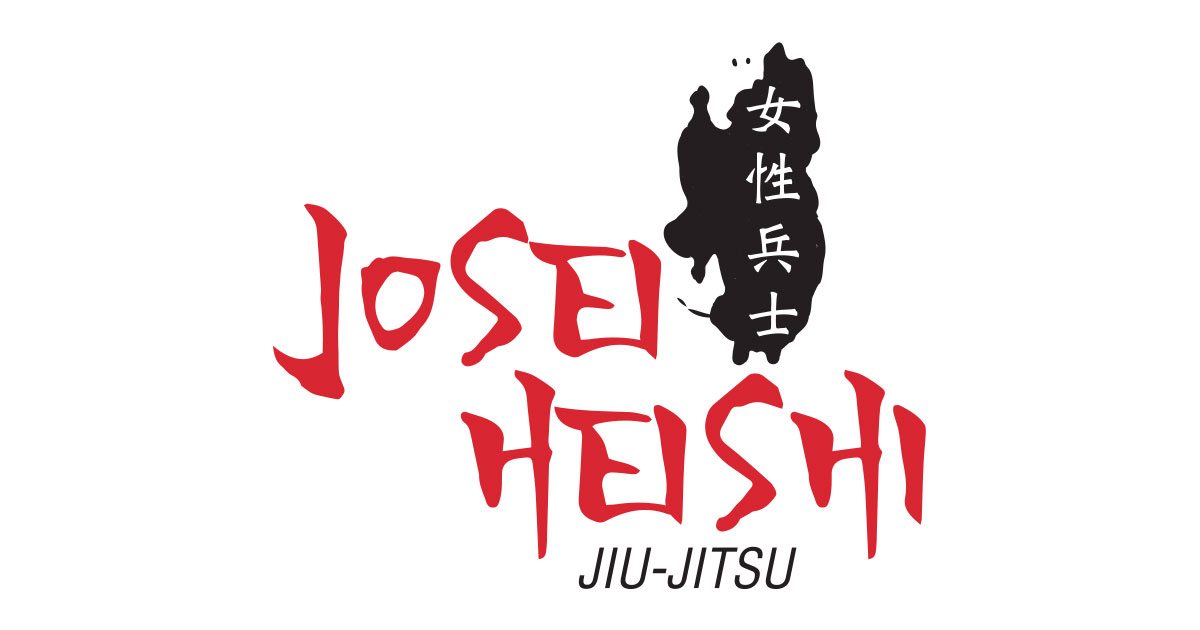
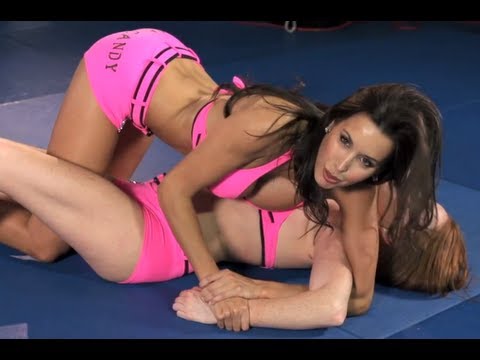
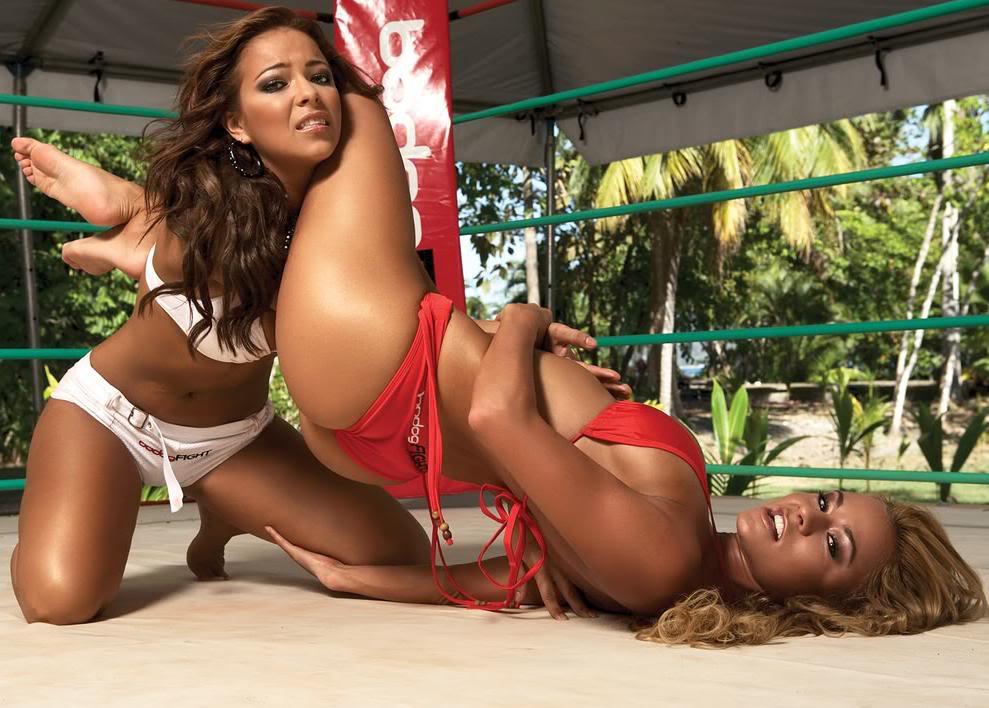
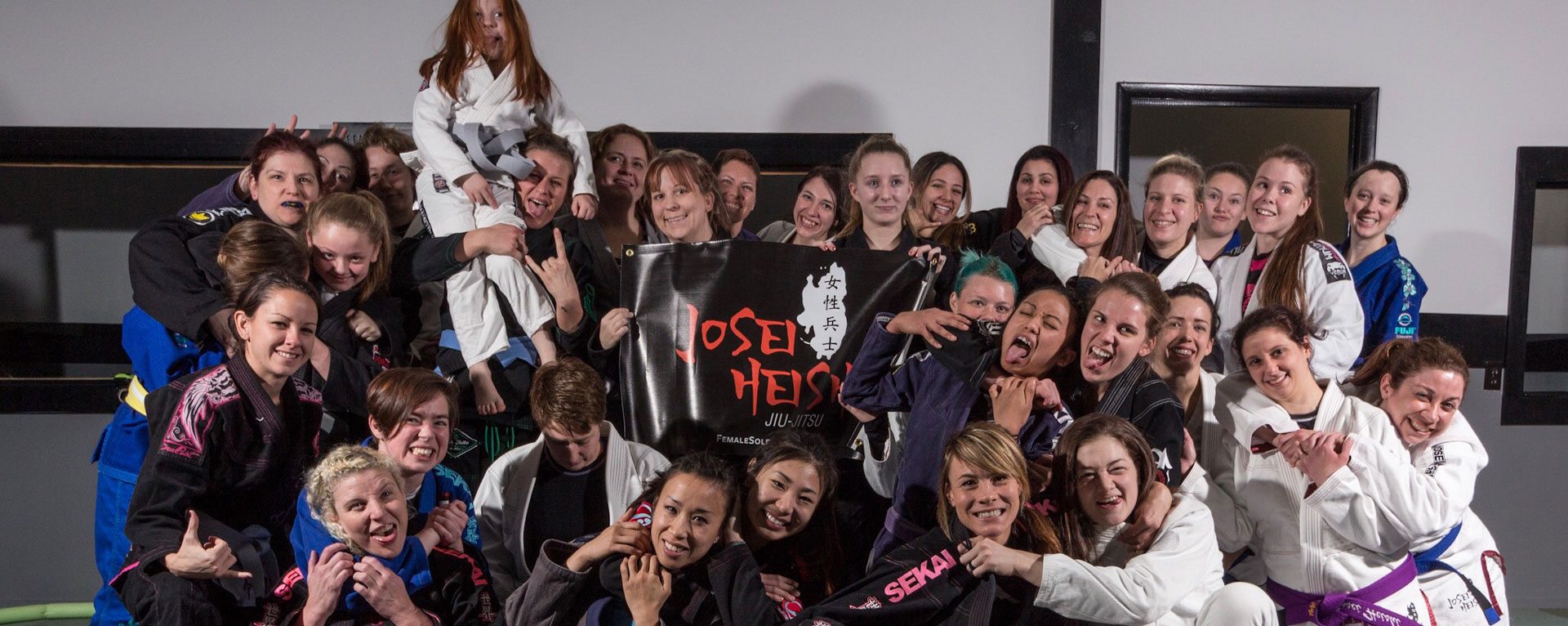
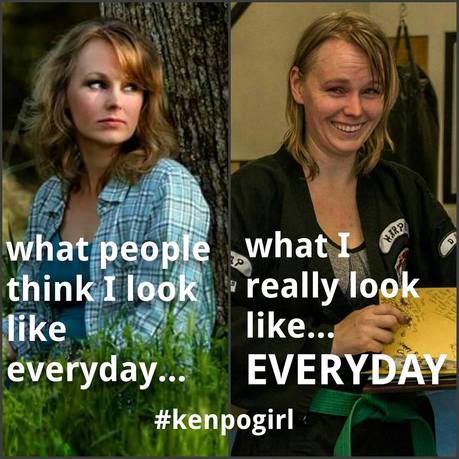

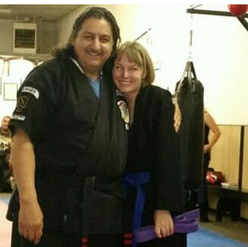
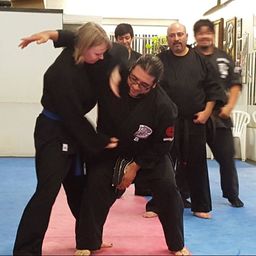
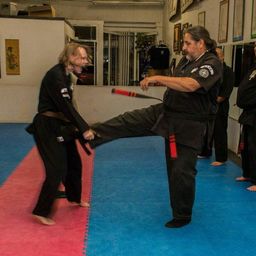
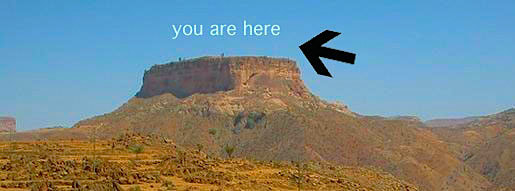
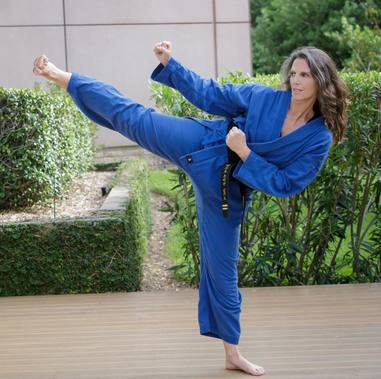
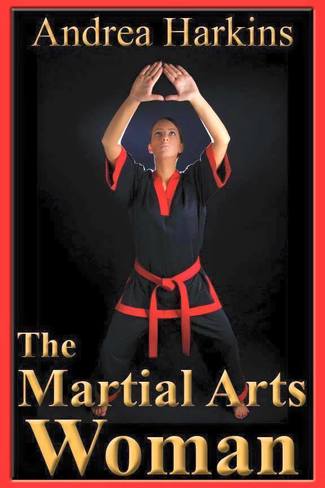
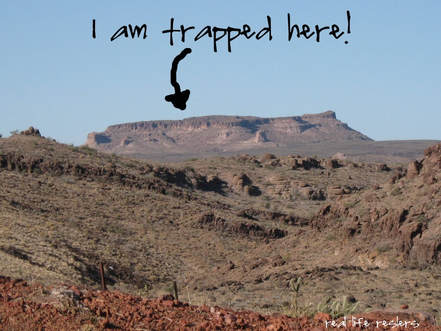
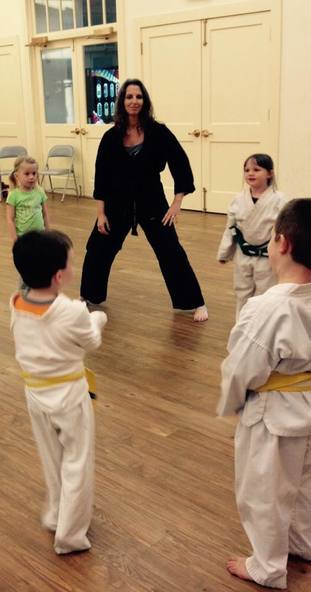
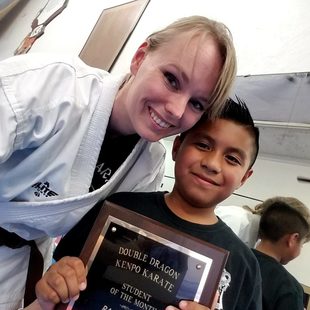


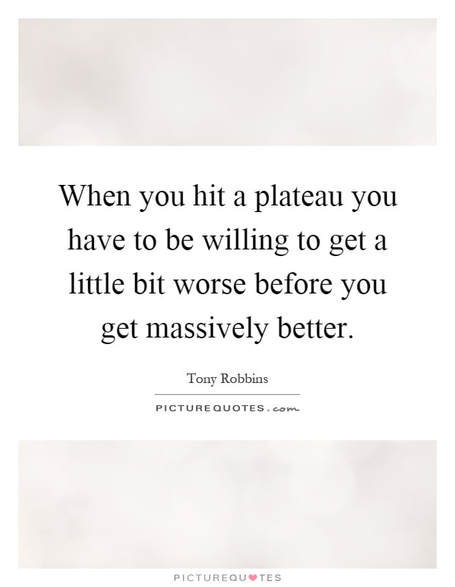
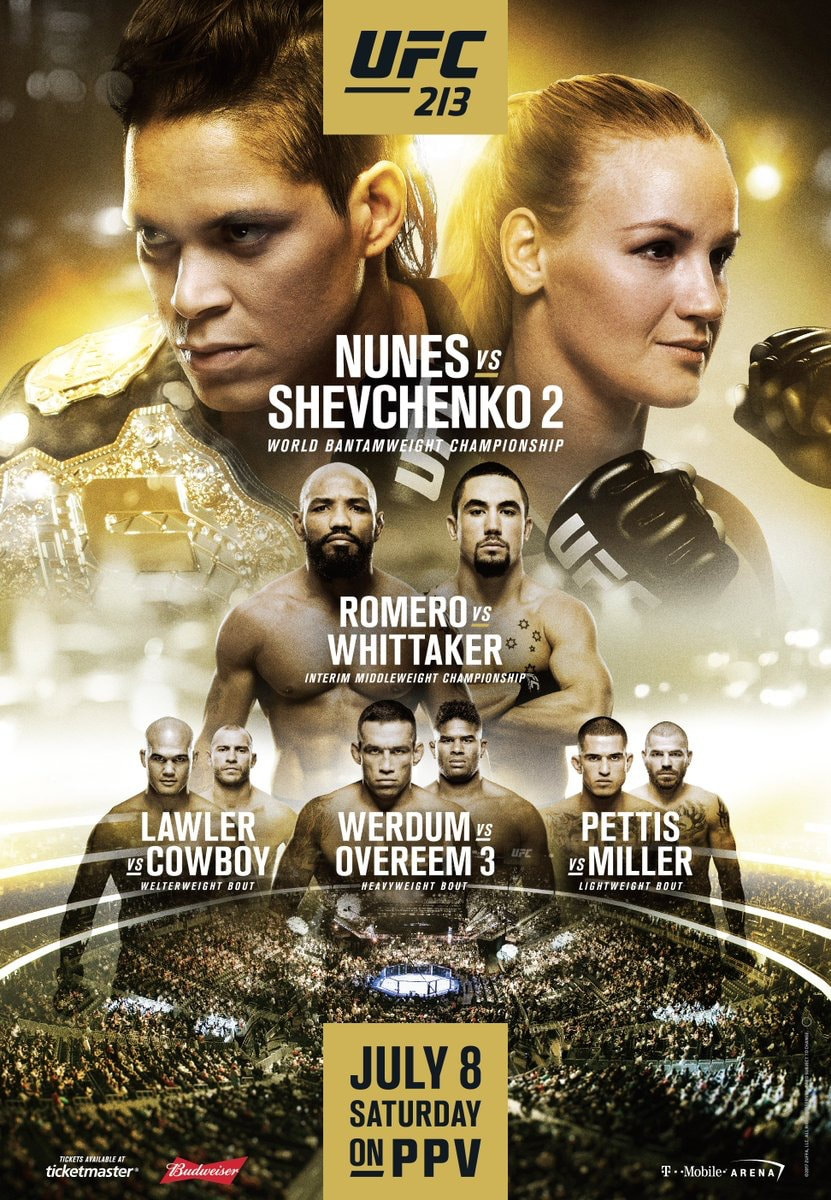
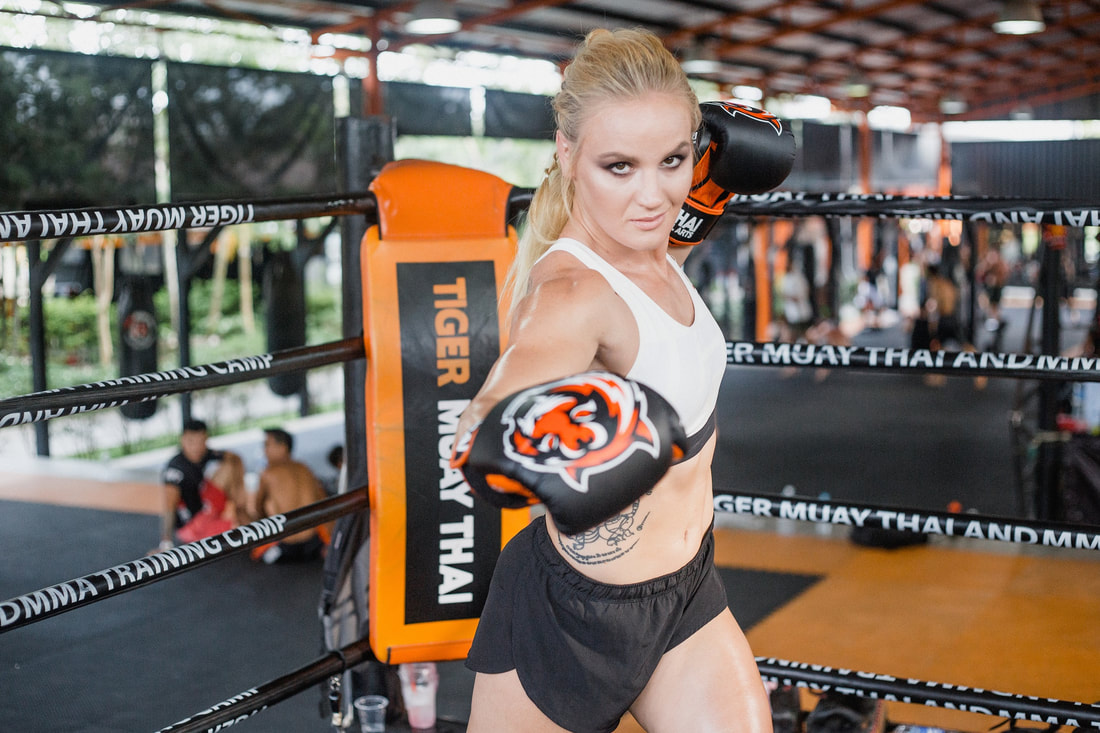
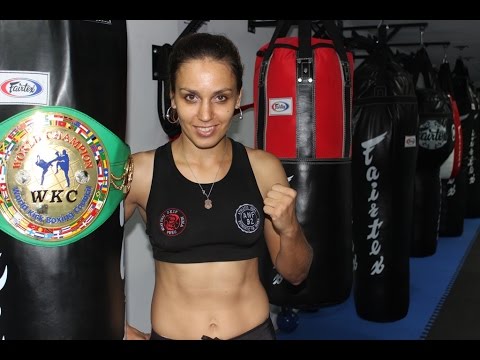
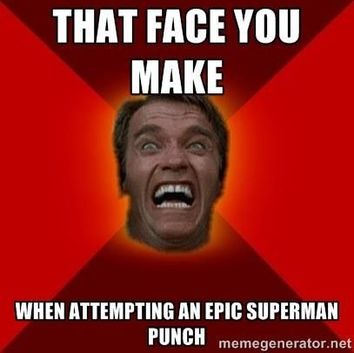
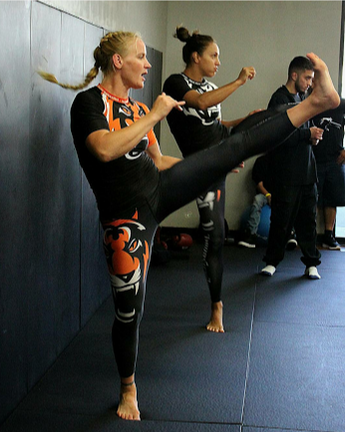
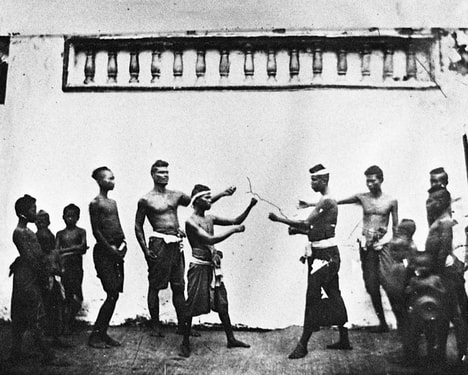
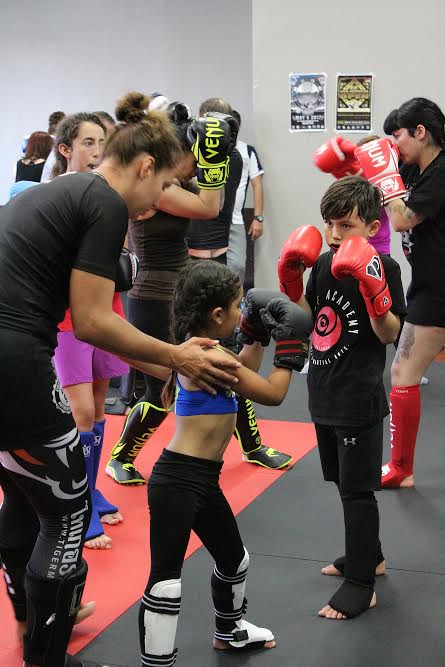
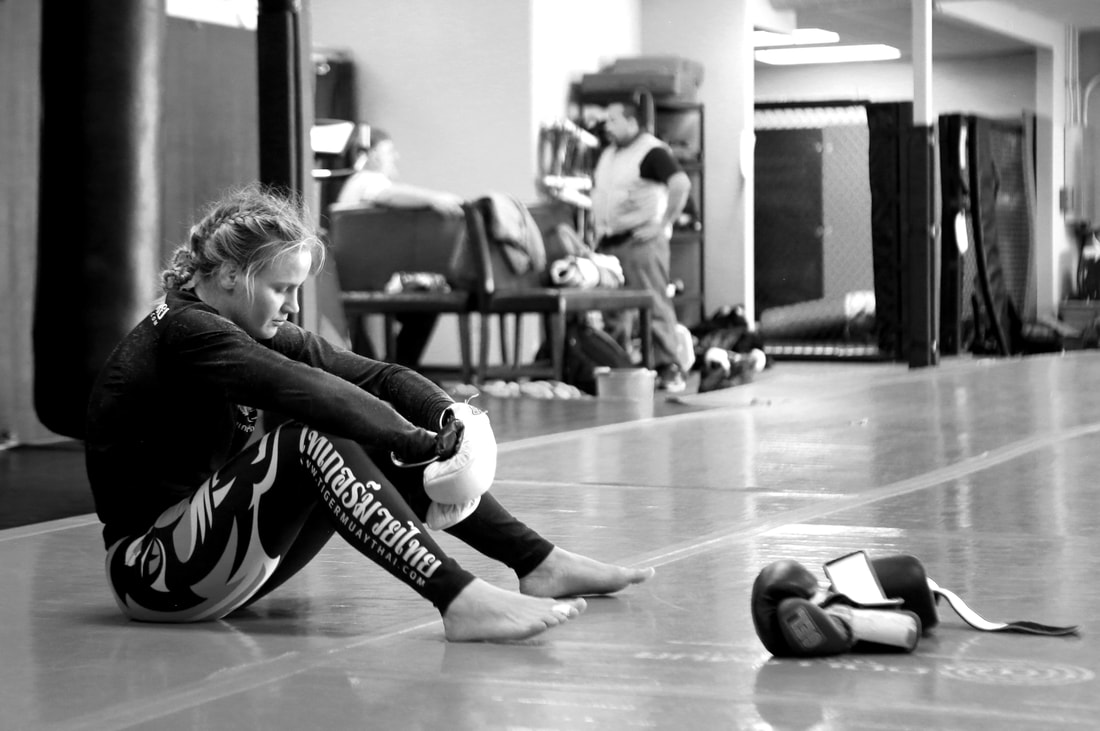
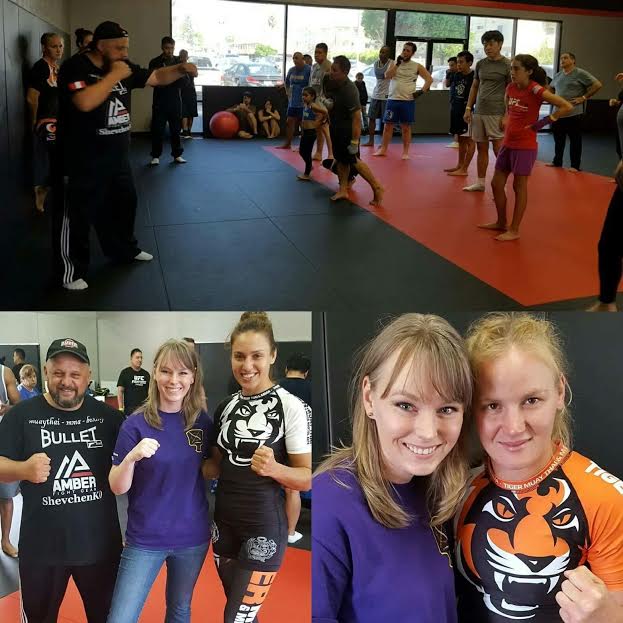
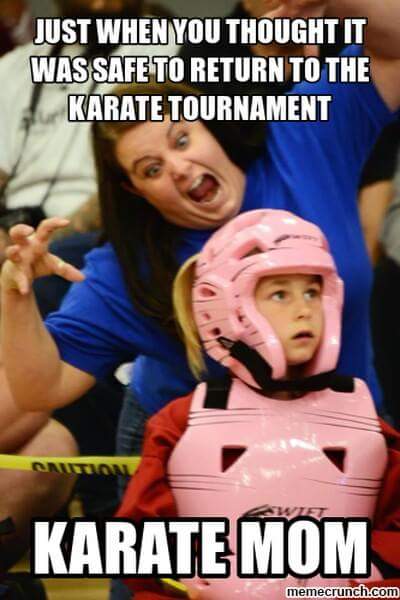


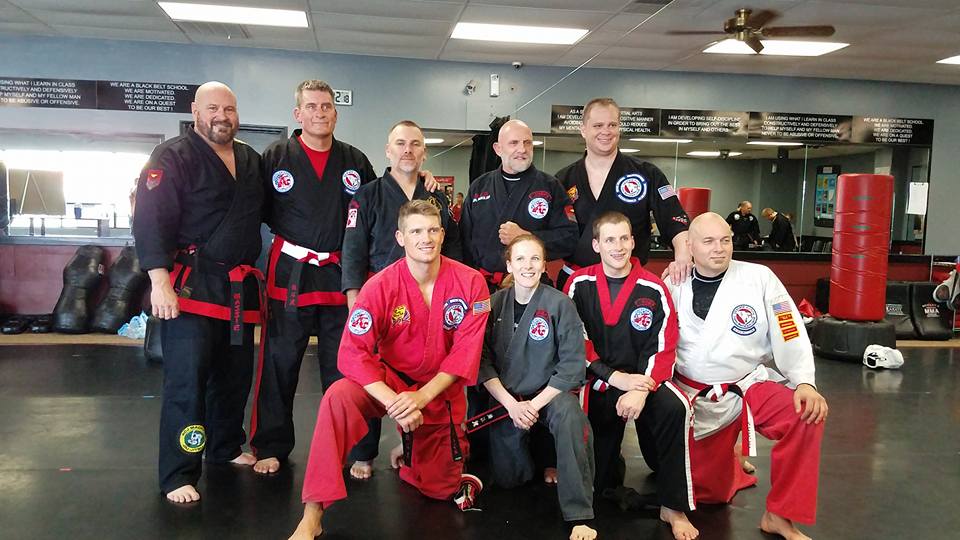
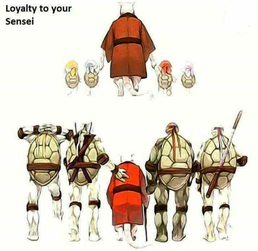
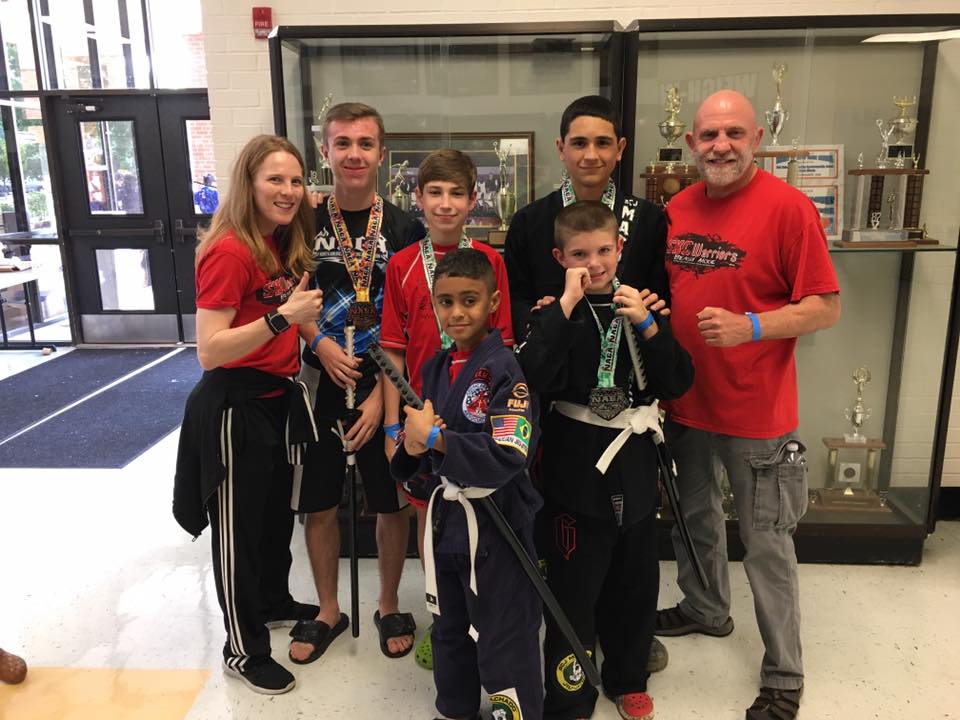
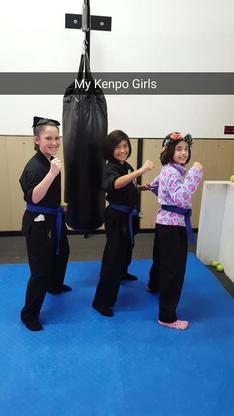
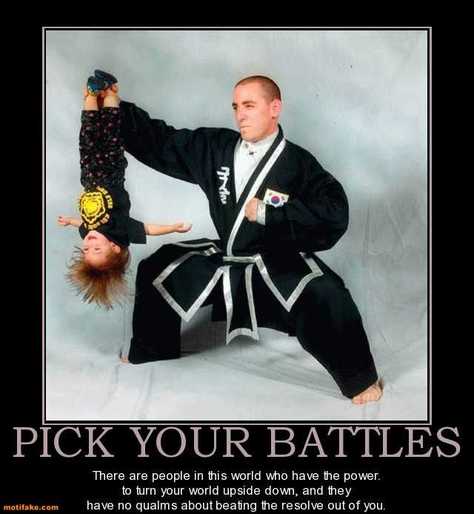
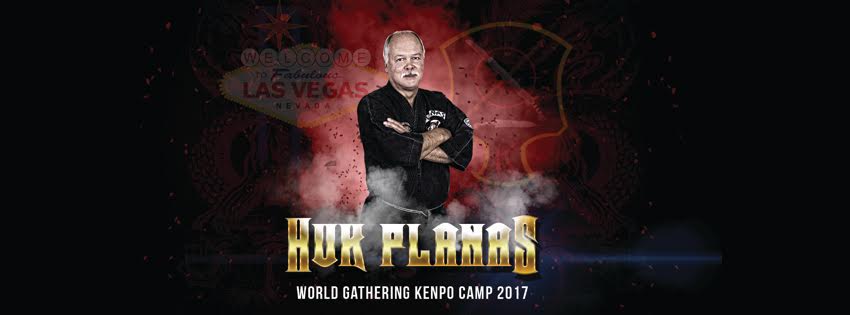
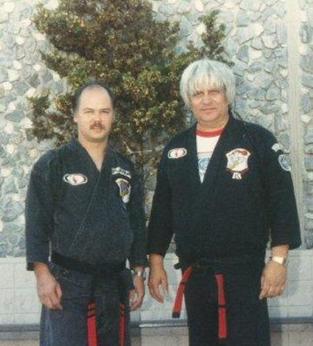
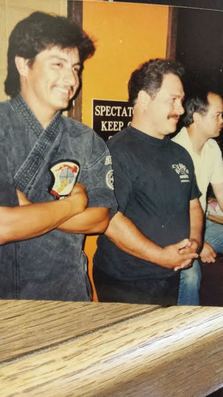
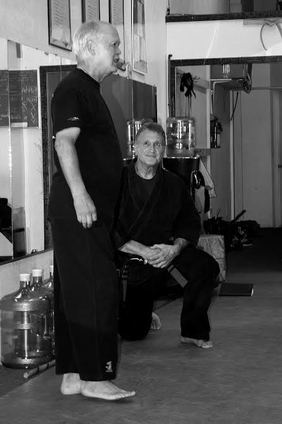
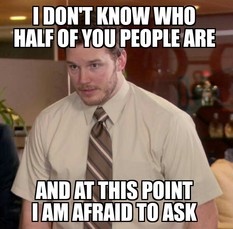
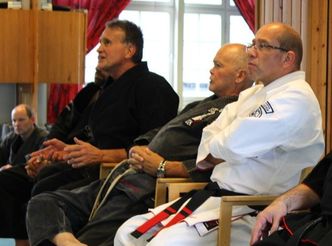
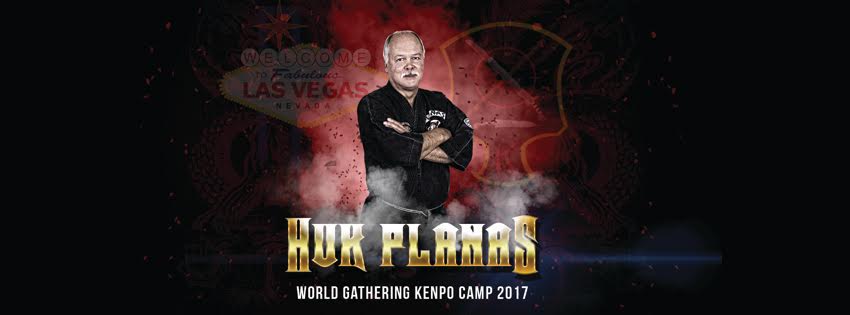

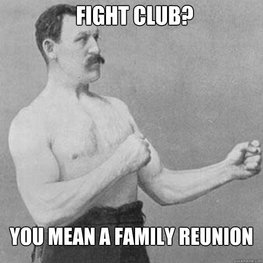
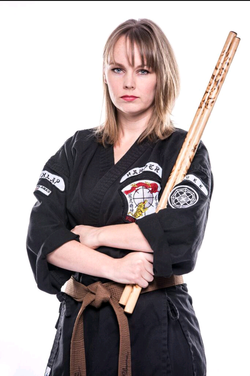
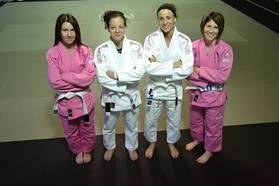
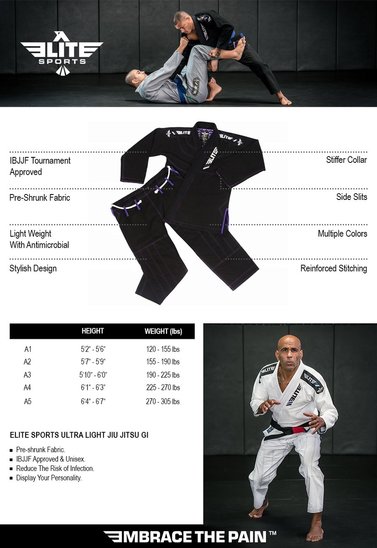
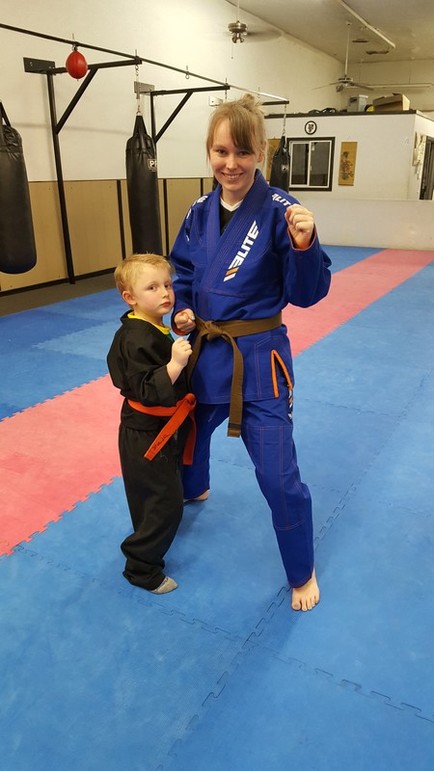
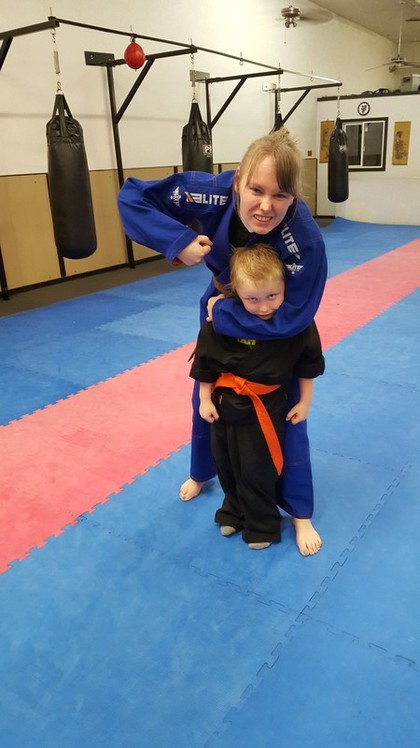
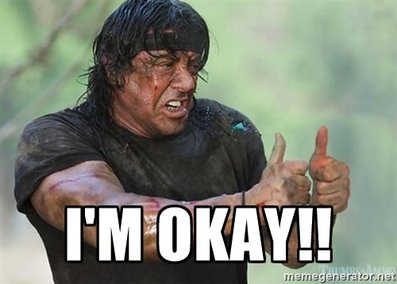
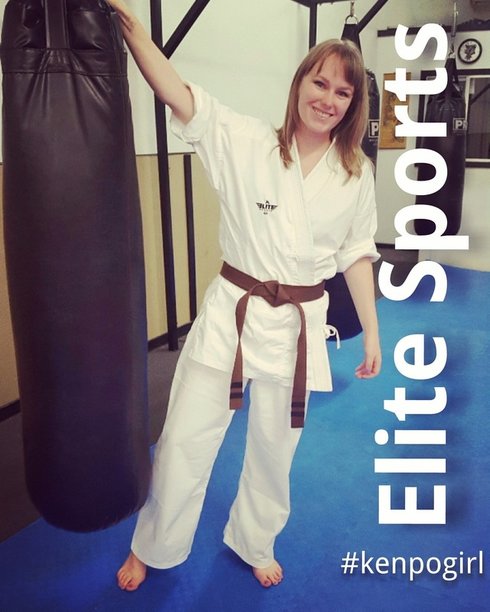
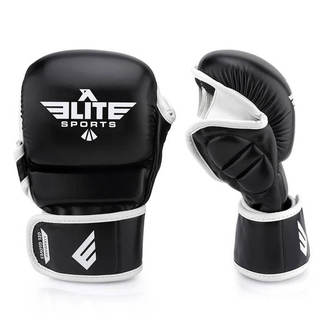

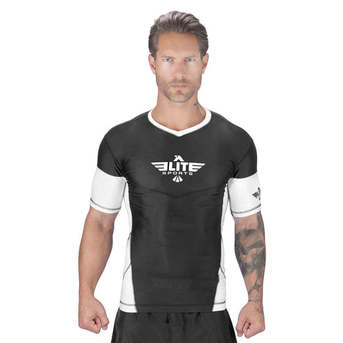
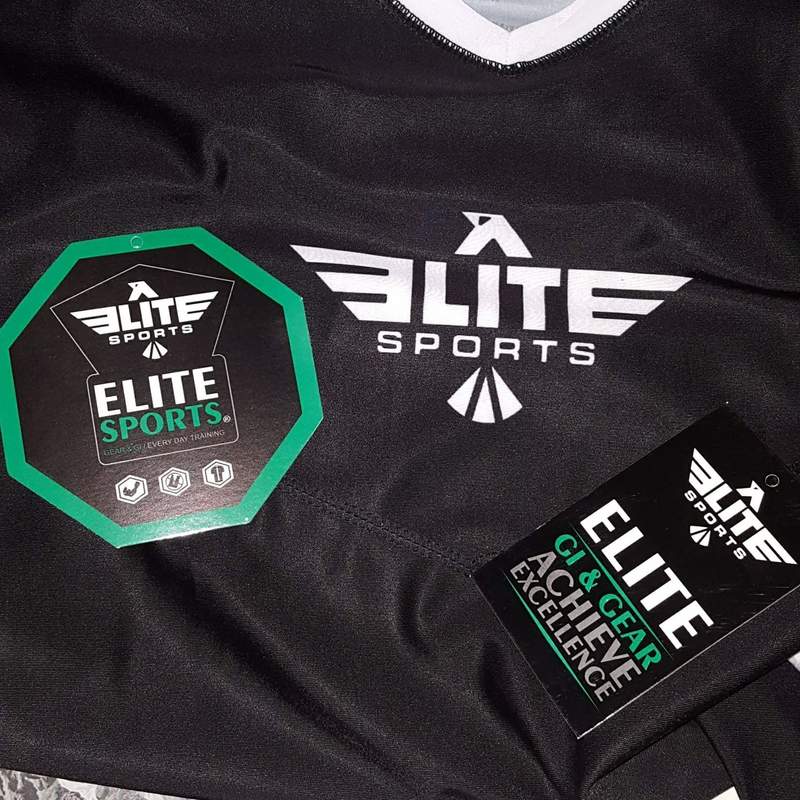

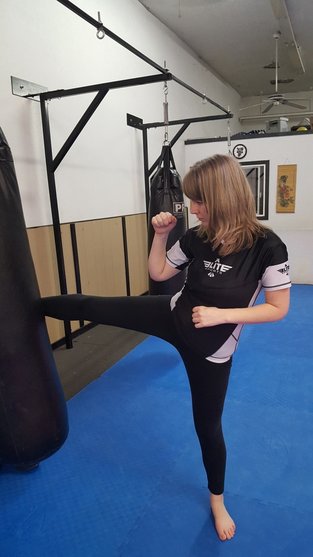

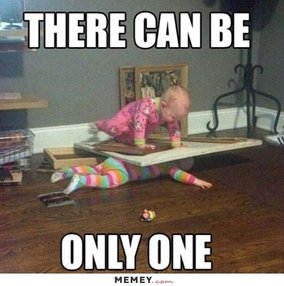
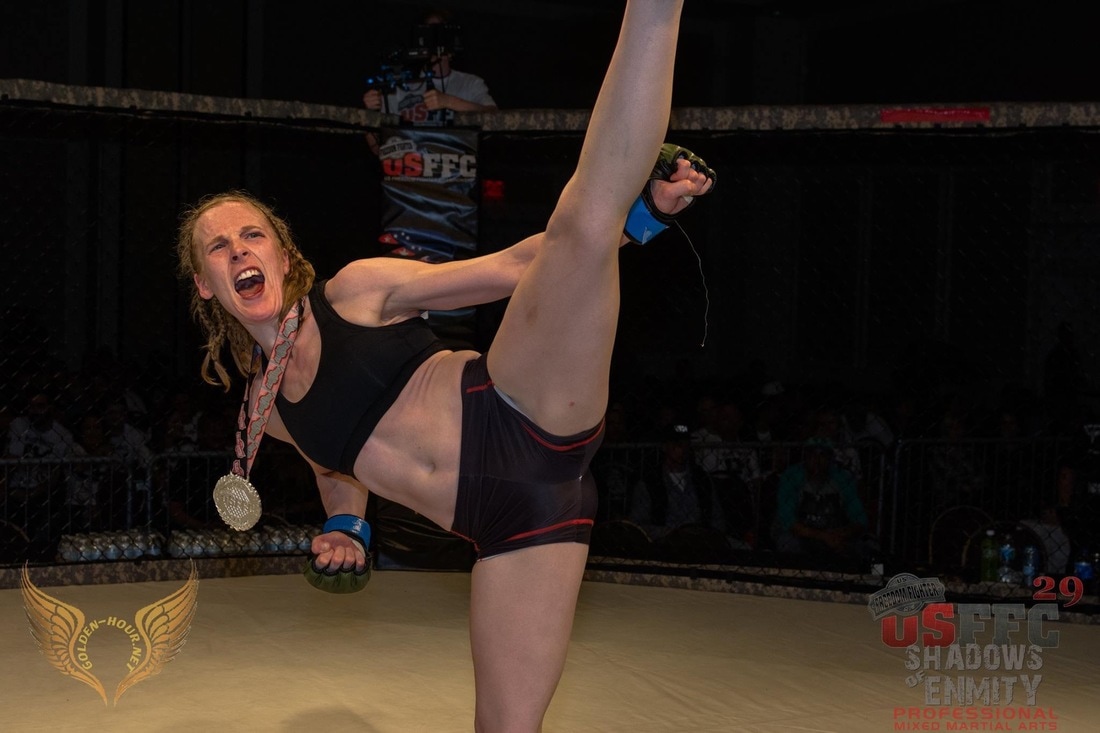
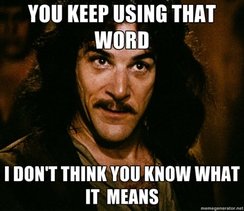
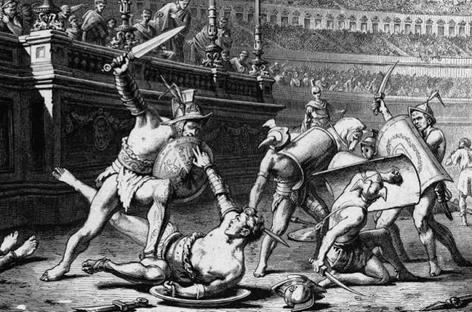
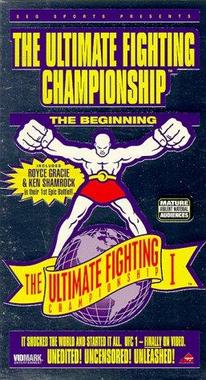

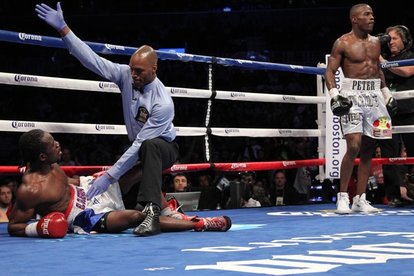

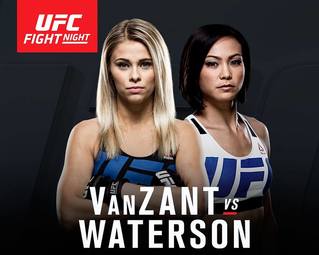
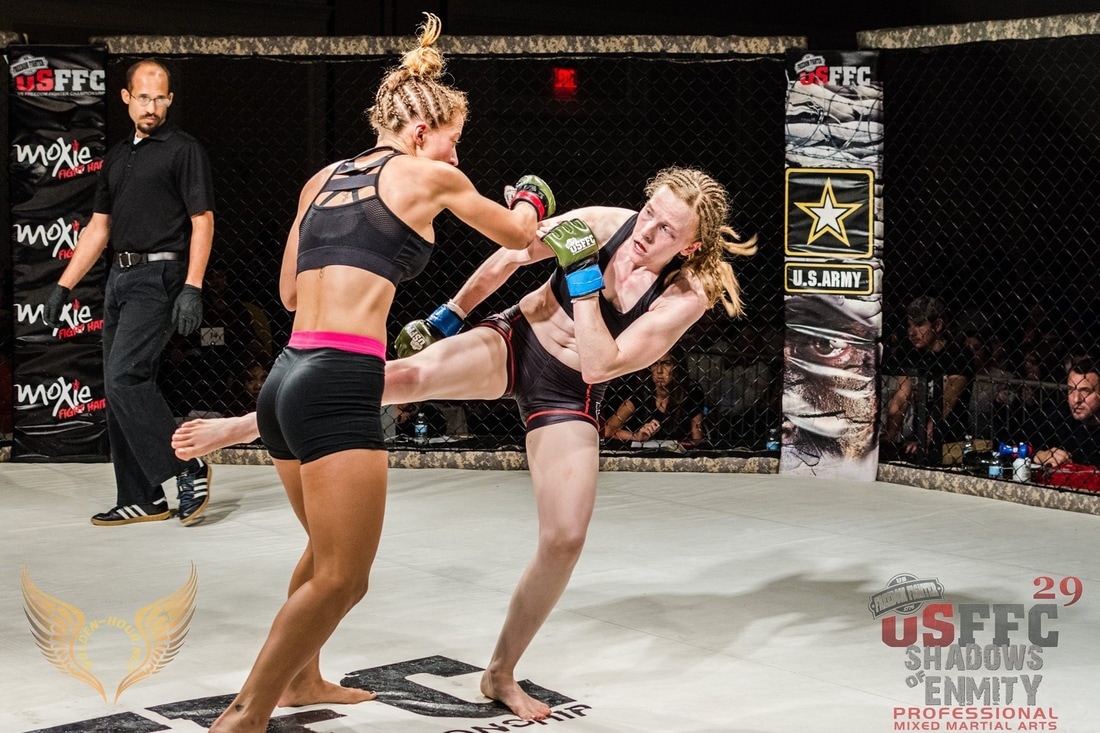
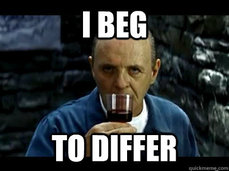
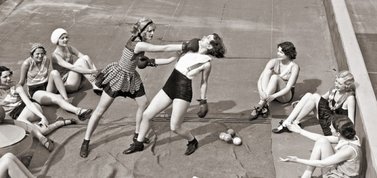
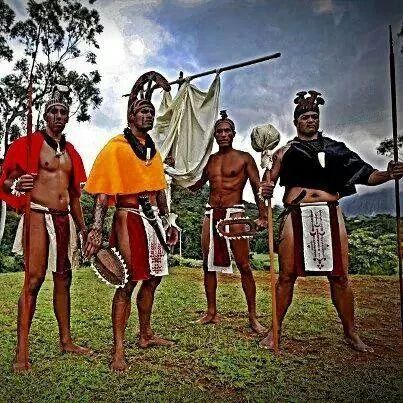
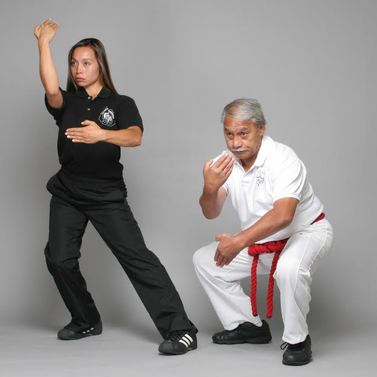
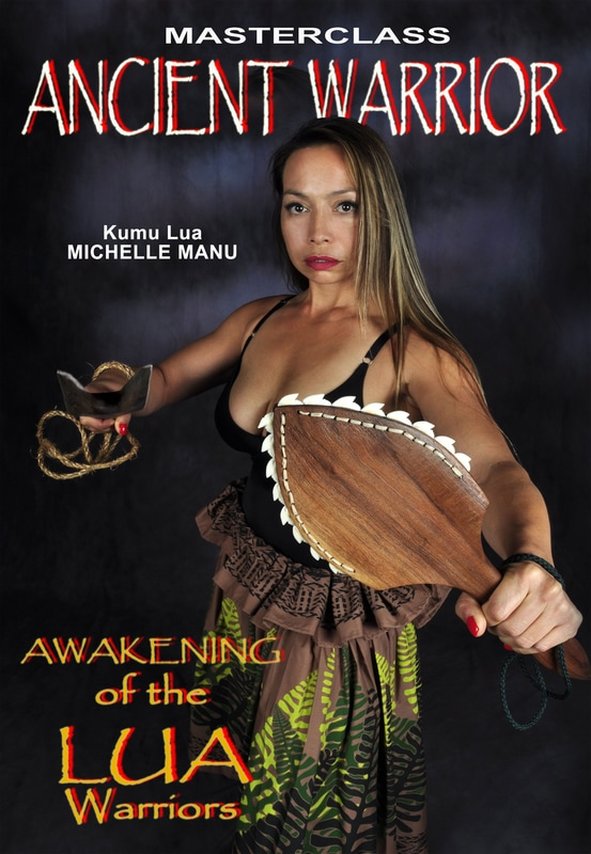
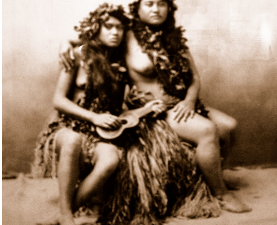
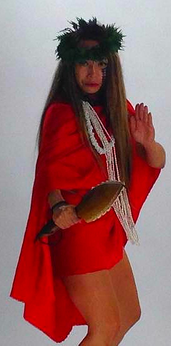
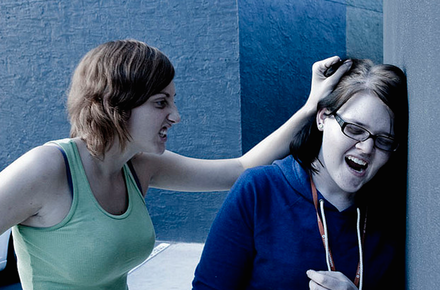
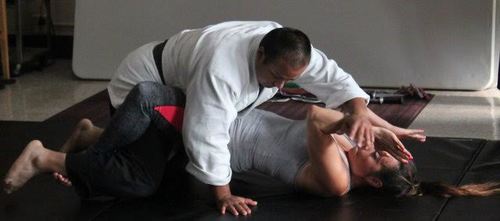
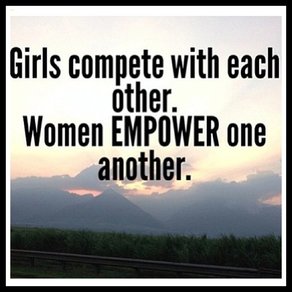
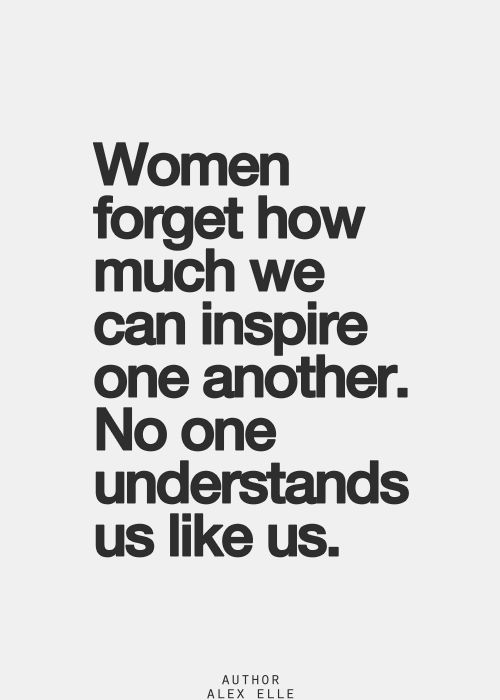
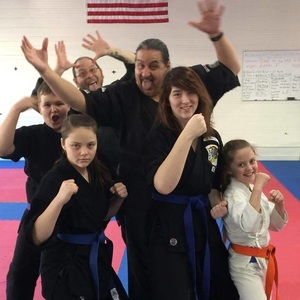
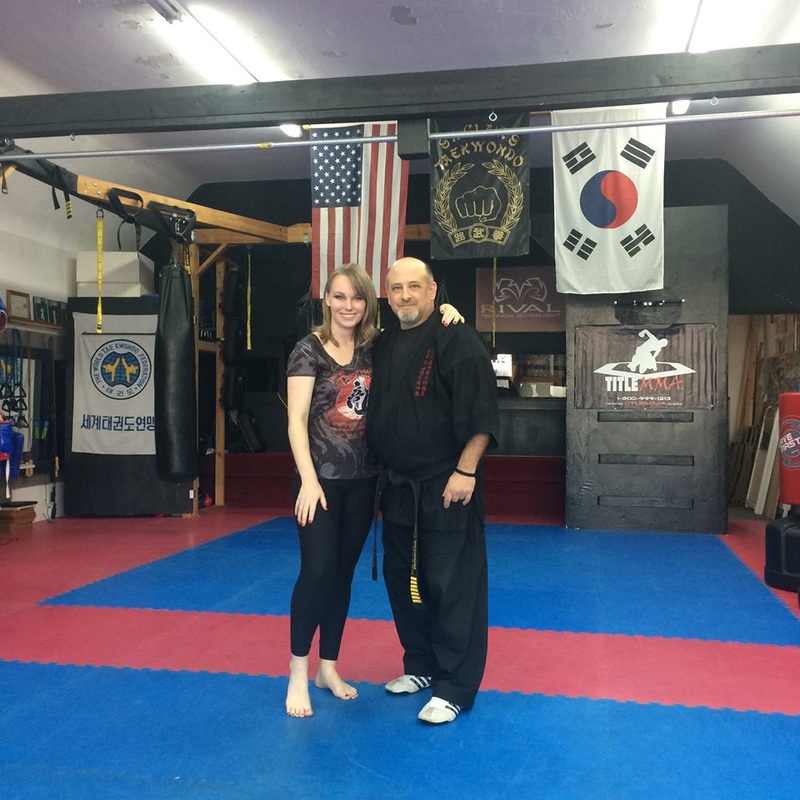
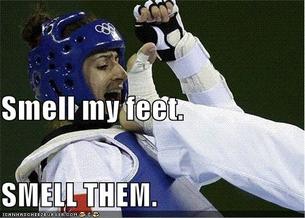
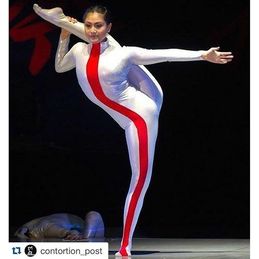
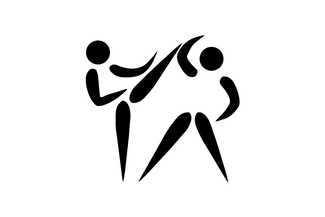

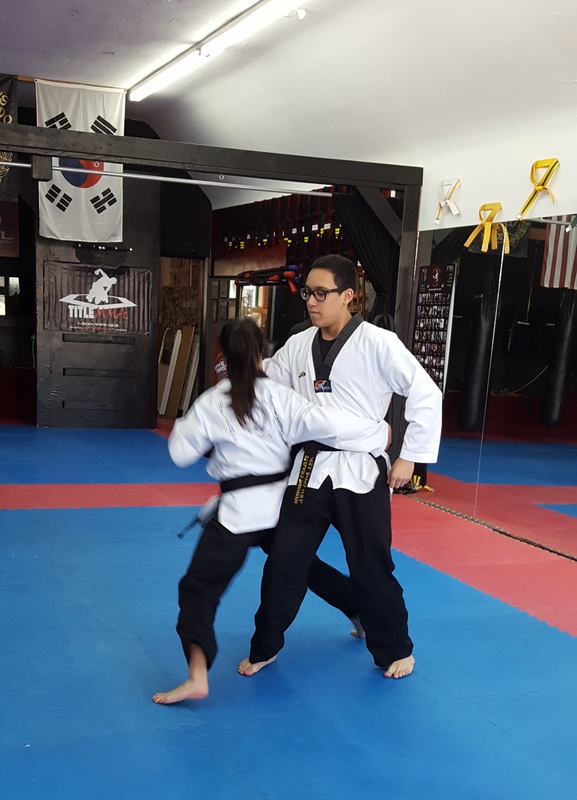
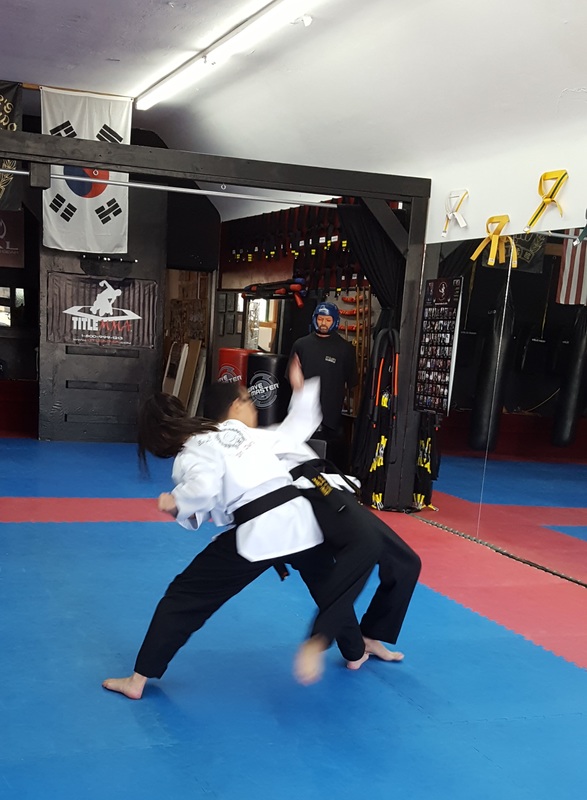
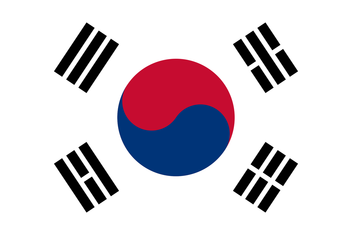
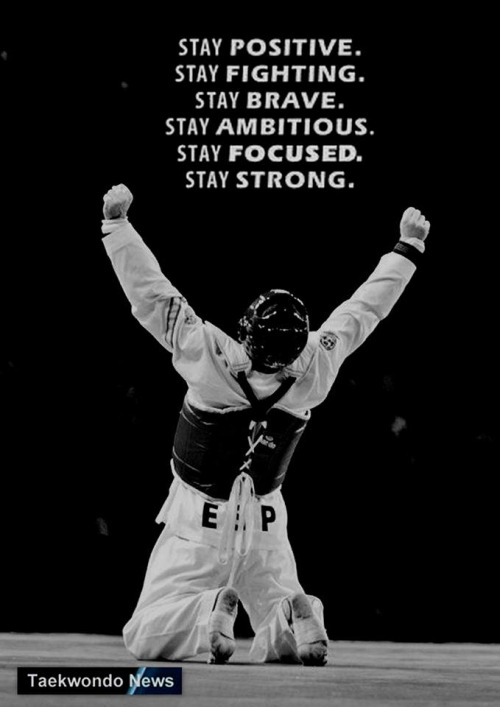
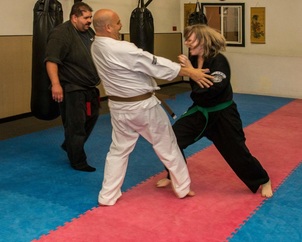
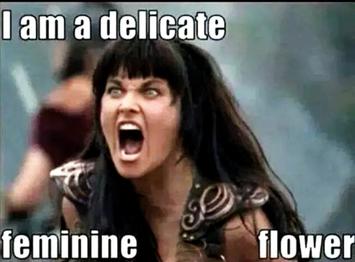
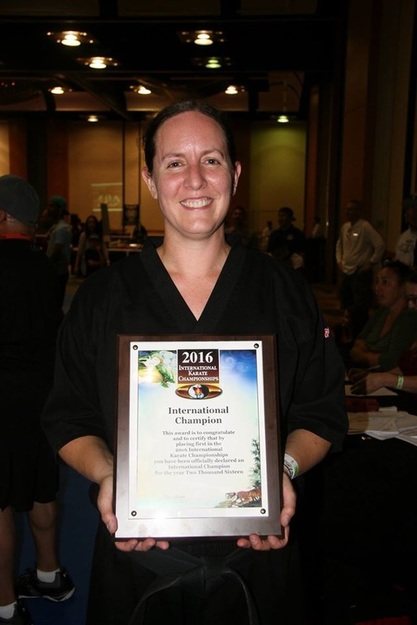
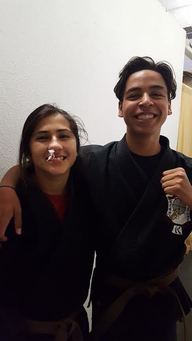
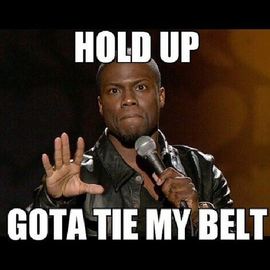

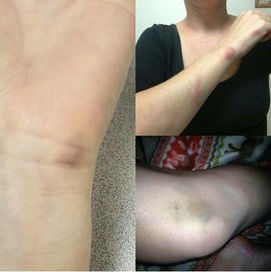

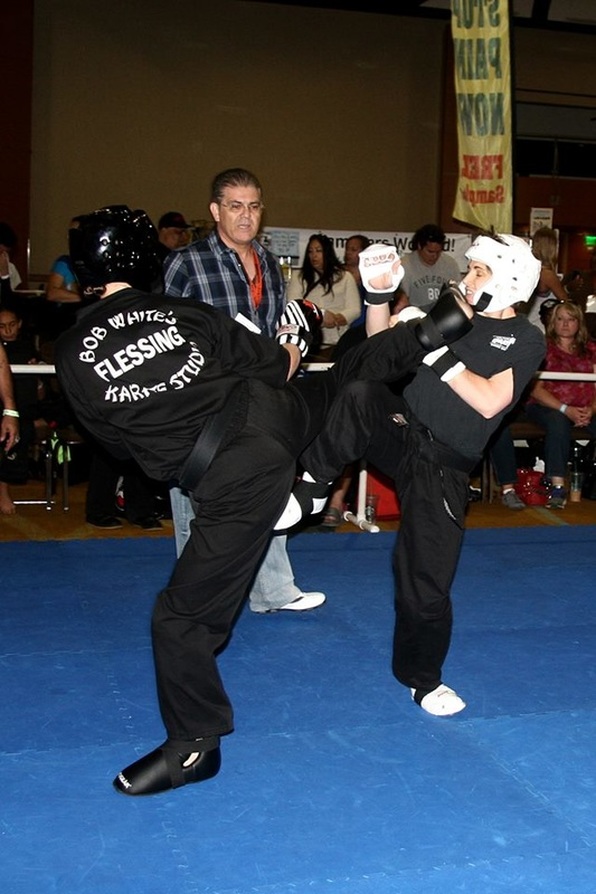
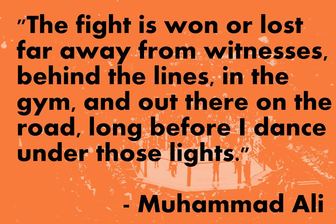

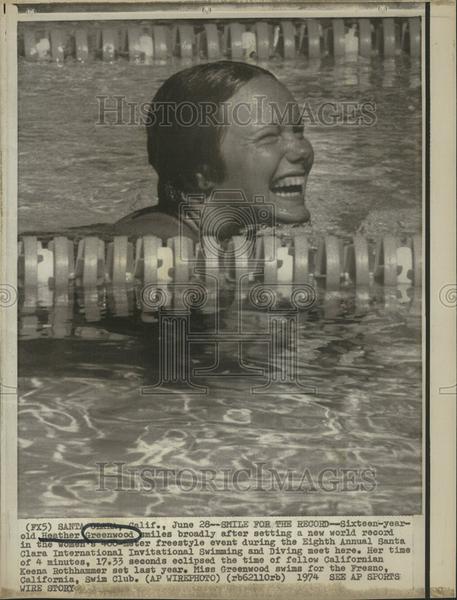
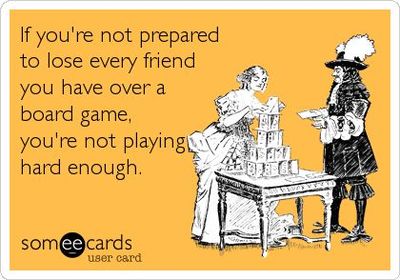
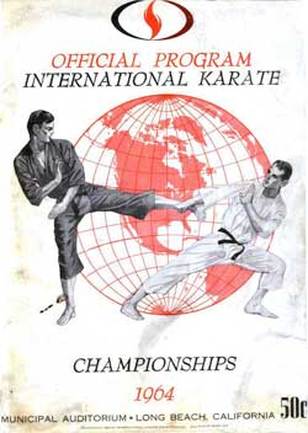
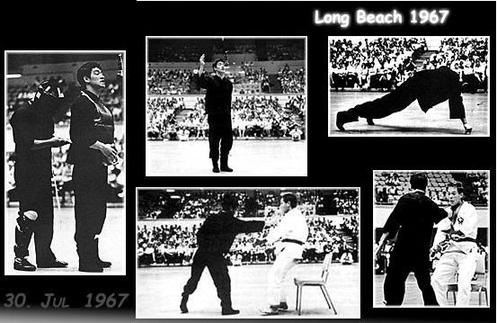
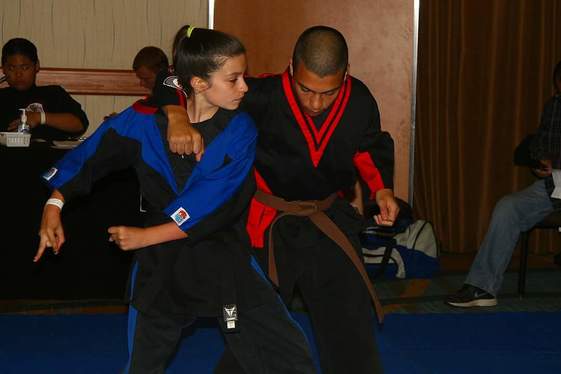
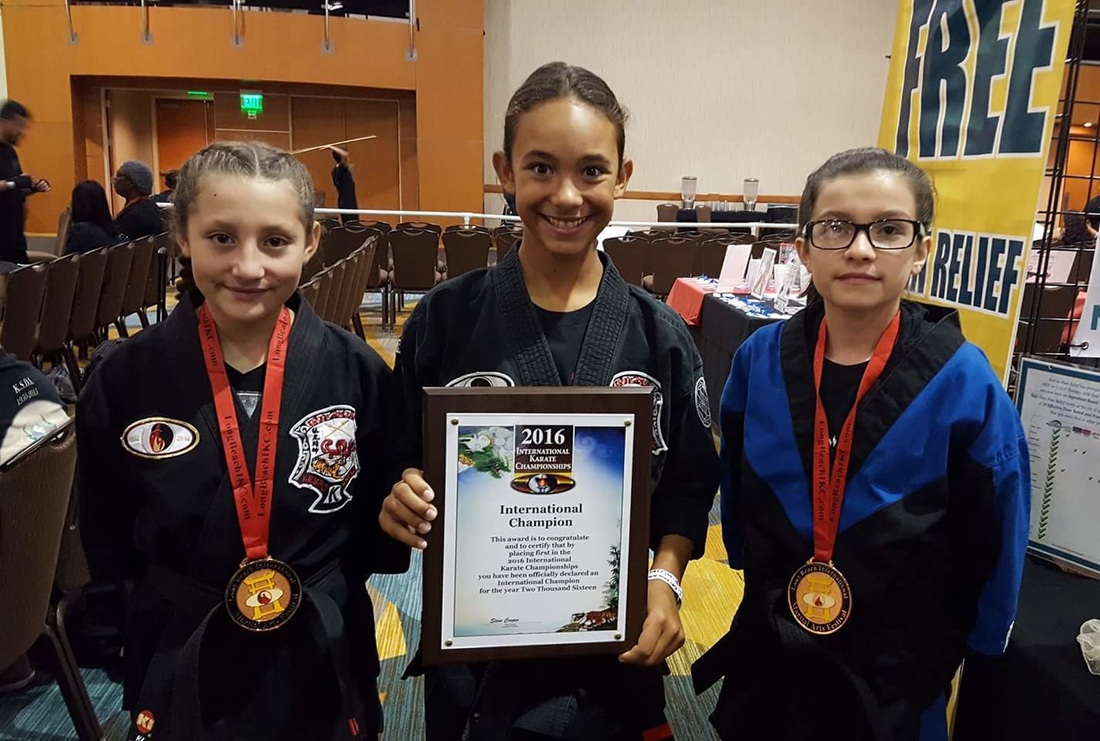
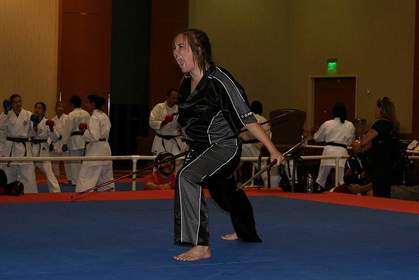
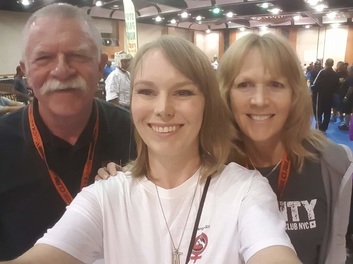
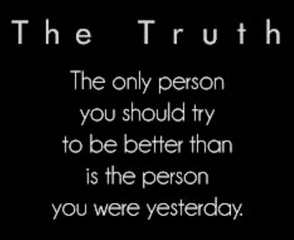
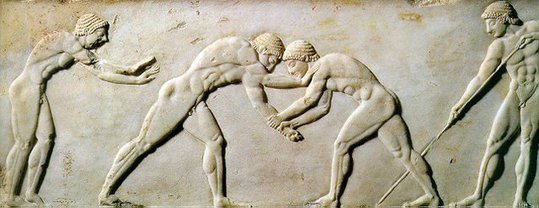
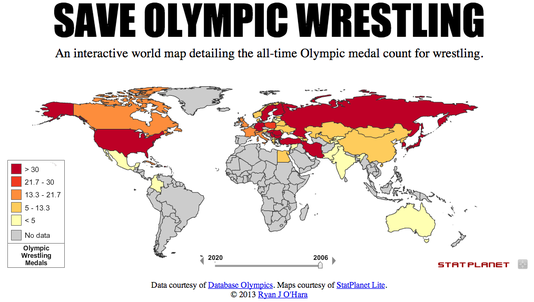

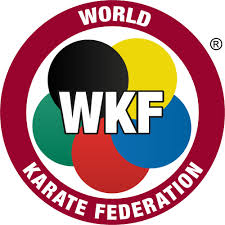
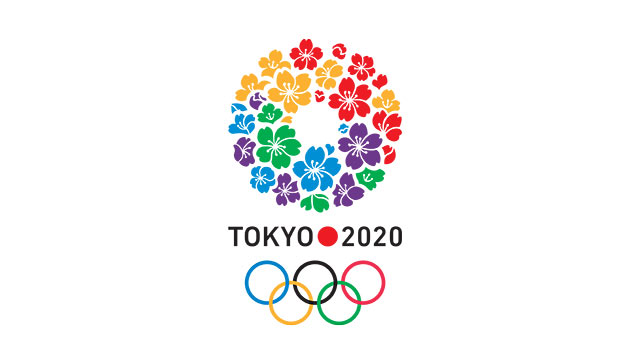
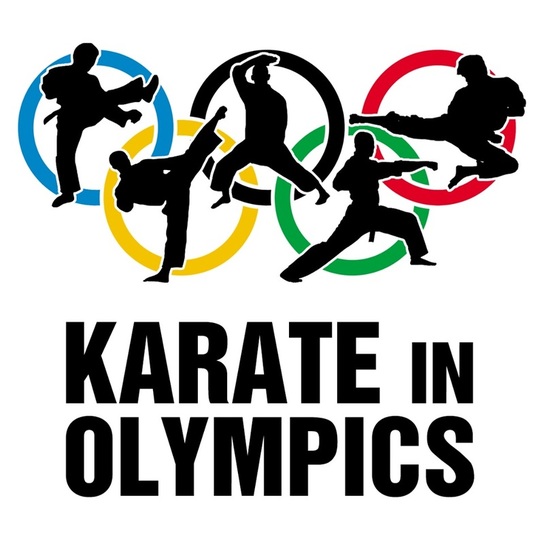
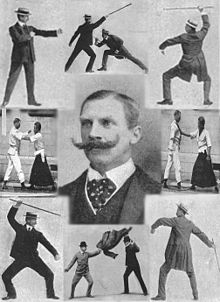
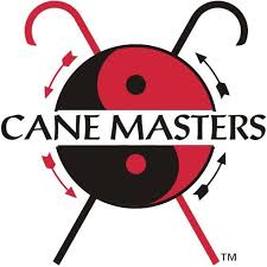
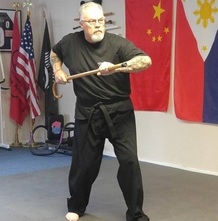
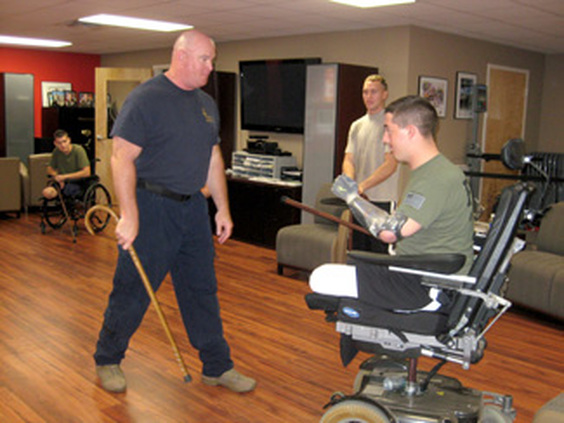
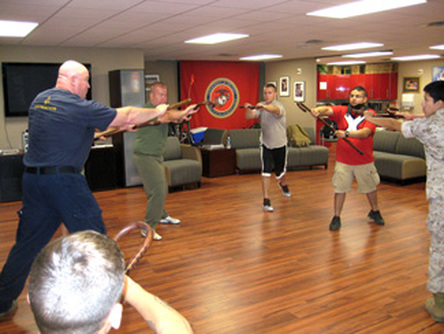
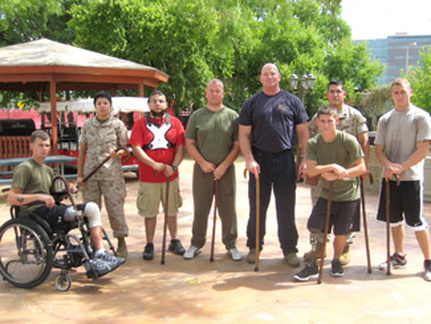
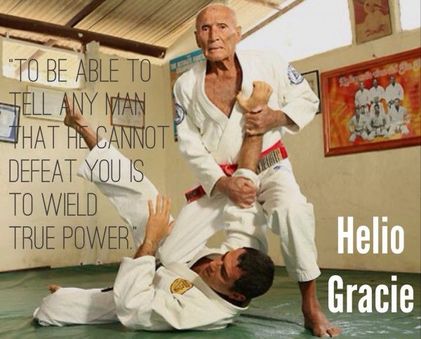

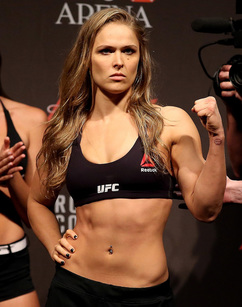
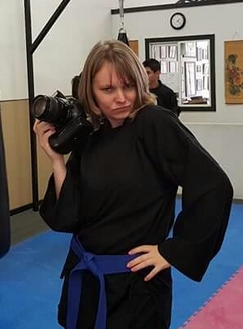
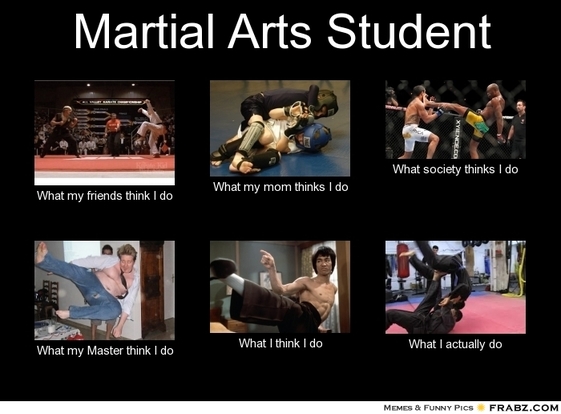
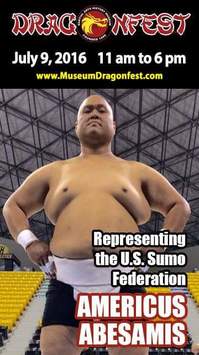
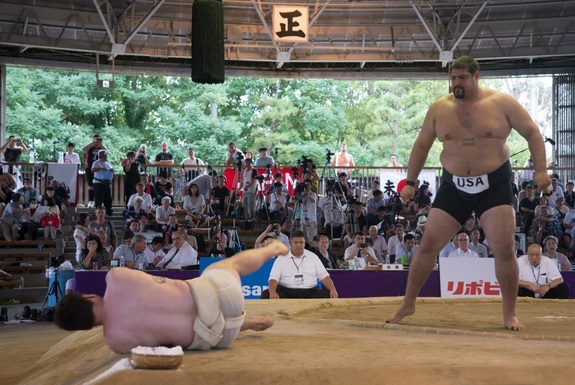

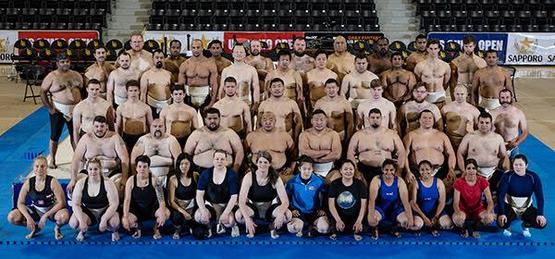
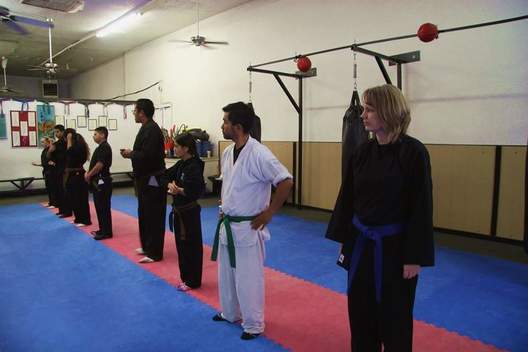

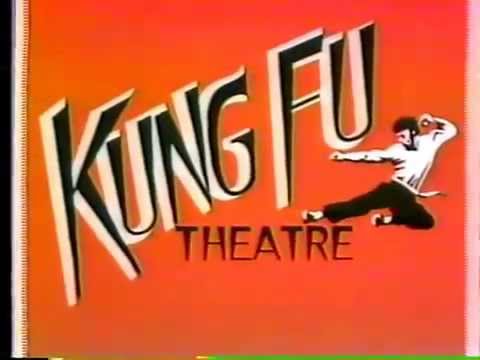
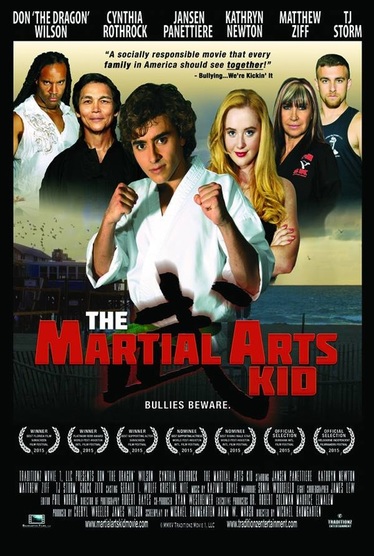
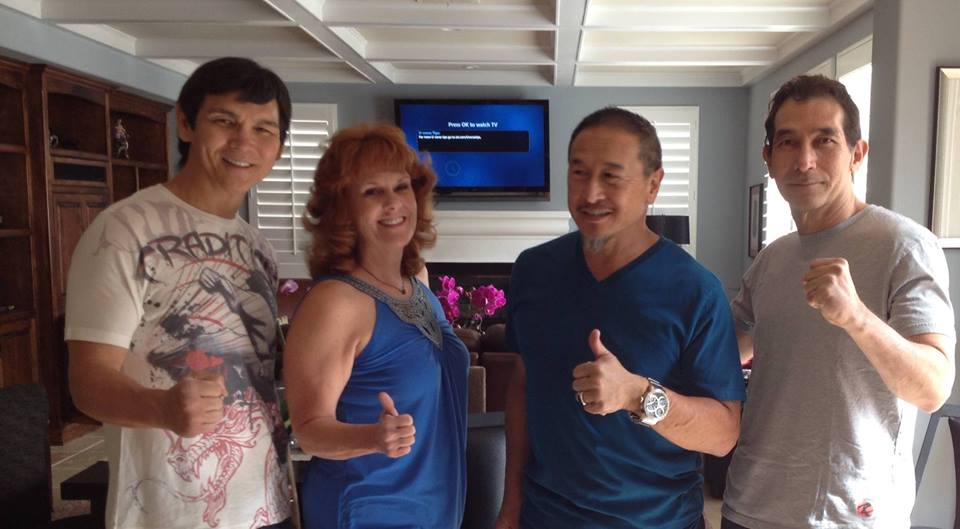
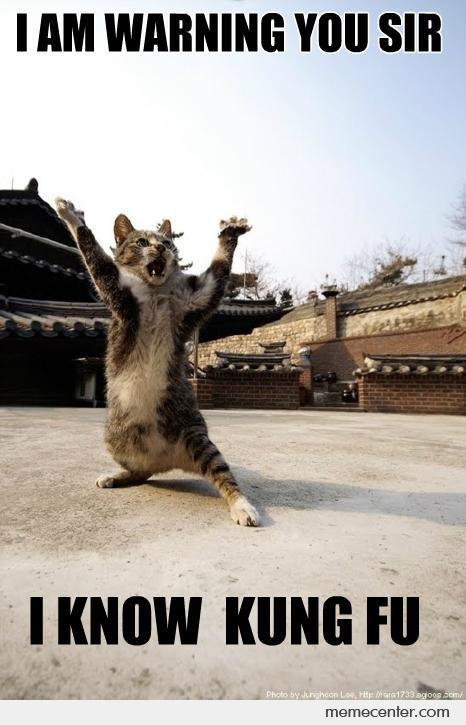
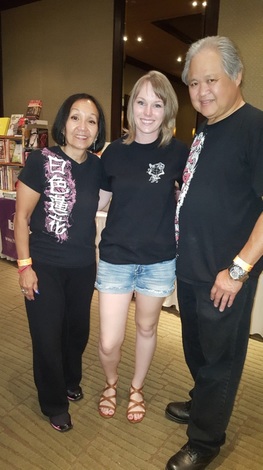

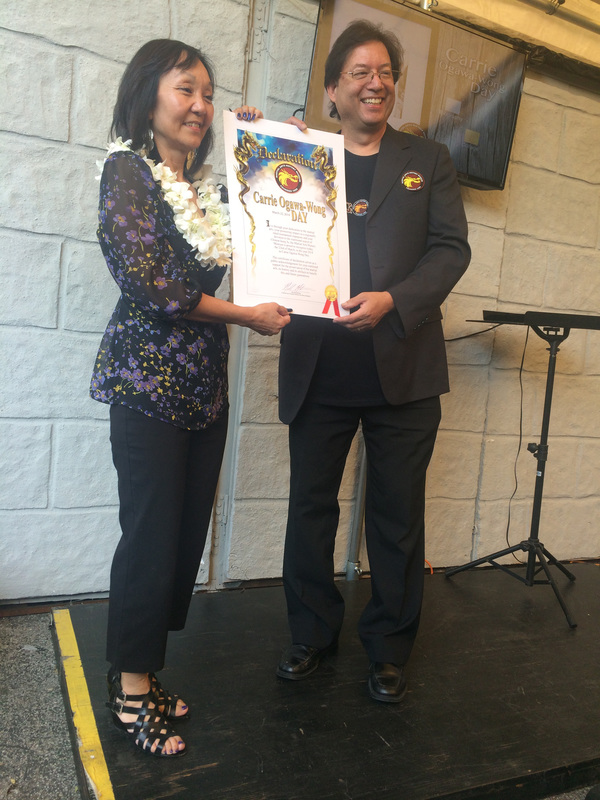
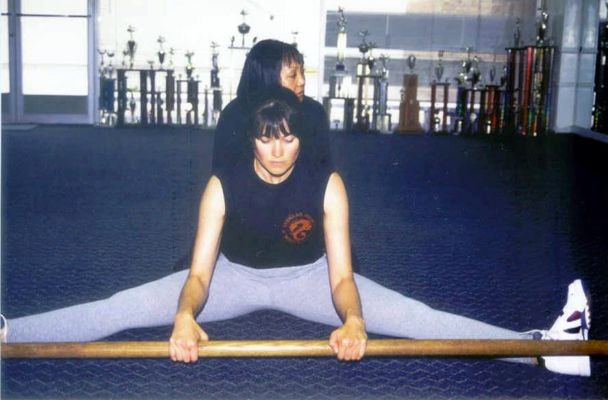
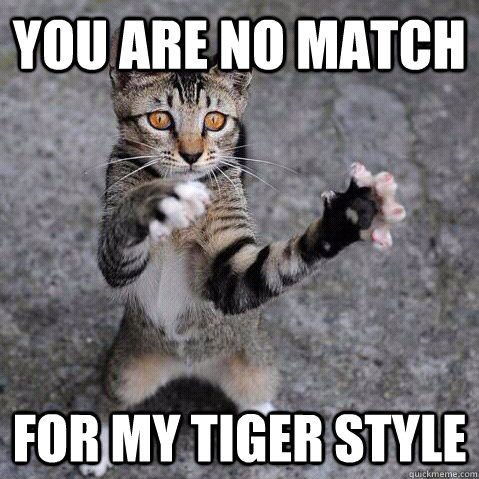
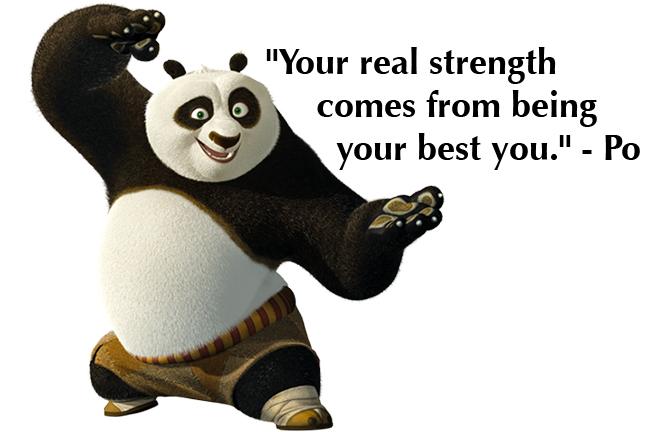
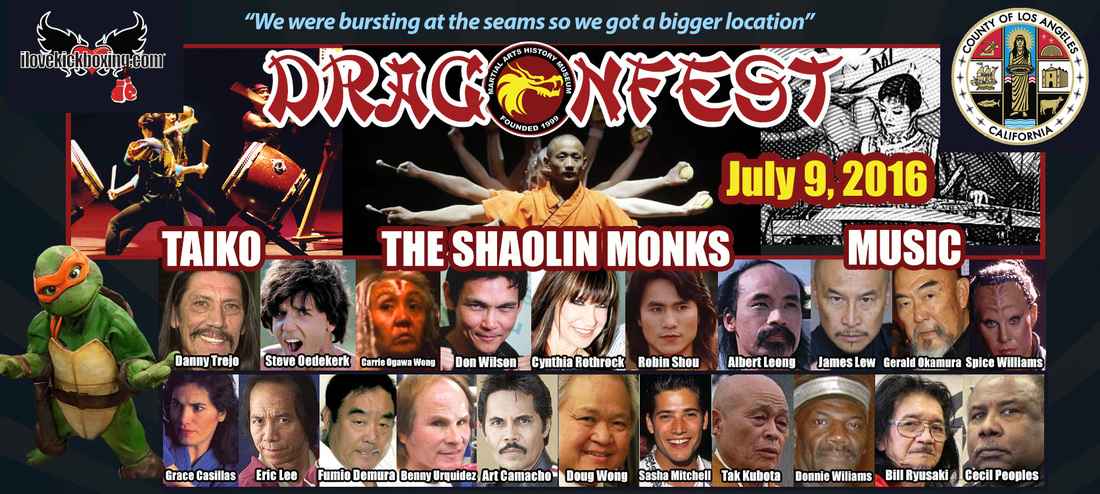
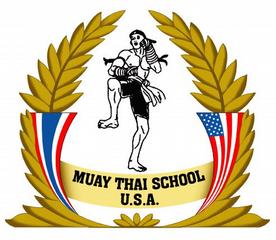
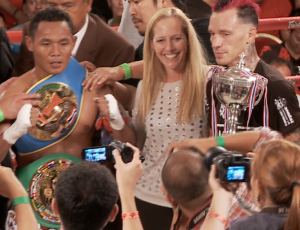
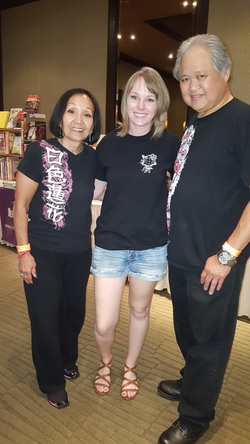
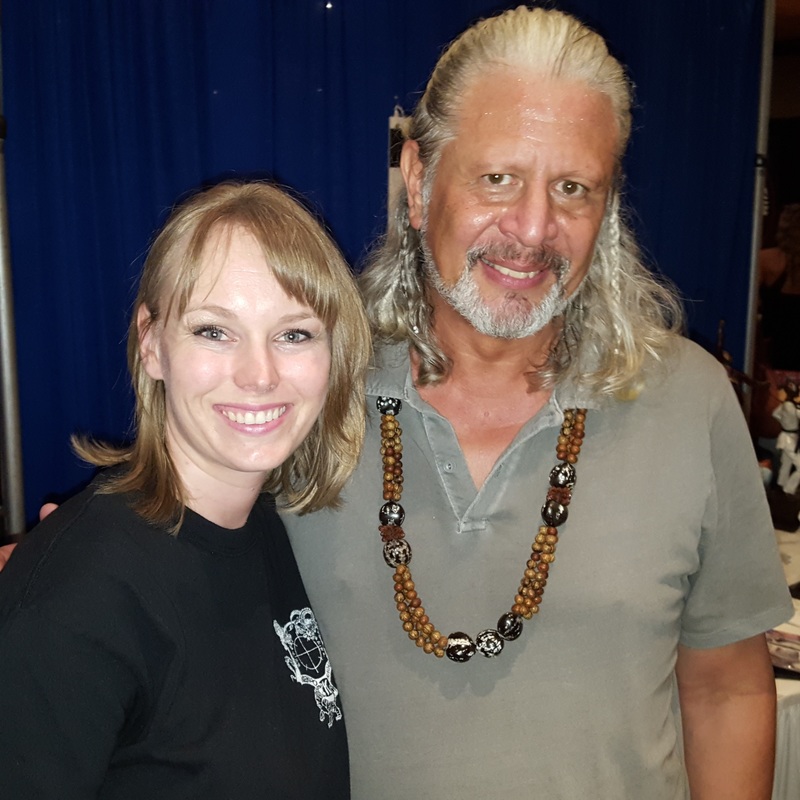
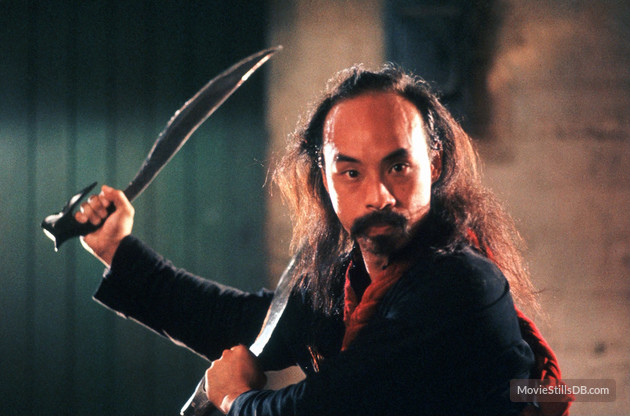
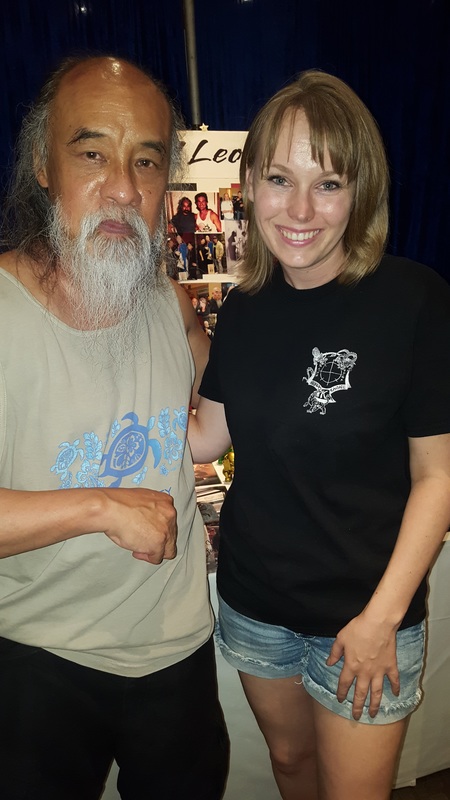

 RSS Feed
RSS Feed